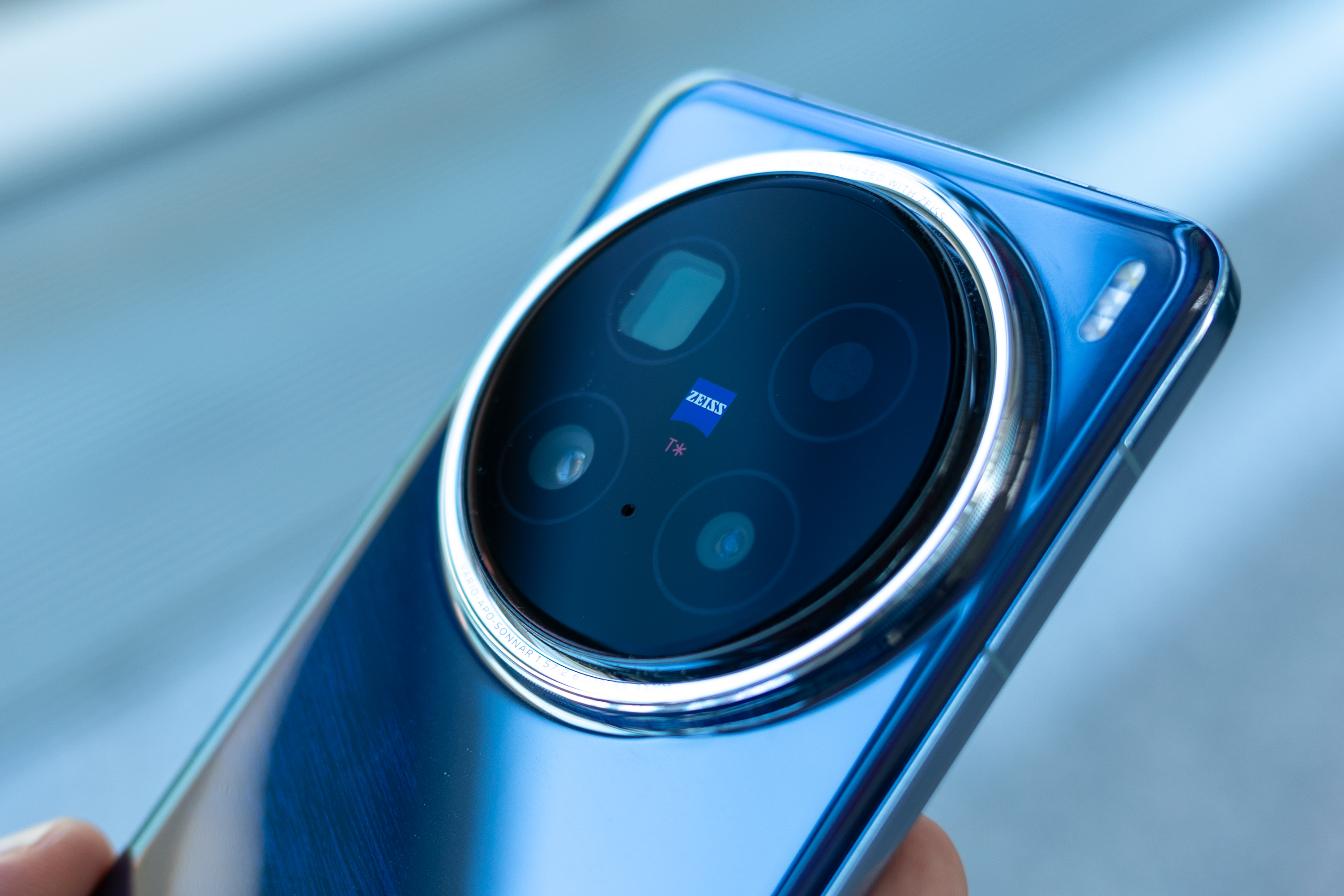
We've been using the Vivo X200 Pro for five days across Beijing and Shenzhen in China, and London in the UK, testing out its 200MP periscope cameras, giant batteries and the bleeding edge MediaTek Dimensity 9400 within. While our Chinese version of the phone isn't quite review-ready for Western users like us, its camera is, and the phone is expected to drop later this year in more markets, including Europe, so here's a sneak peek of what you can expect.
You may have tried the Vivo X90 Pro or X100 Pro, two phones loaded up with 1-inch primary camera sensors. The Vivo X200 Pro shakes things up, shrinking the main camera sensor to 1/1.28-inch while supersizing the periscope zoom sensor size and resolution to 200MP. The result is the best zoom camera we've ever used on a smartphone. More on that later.
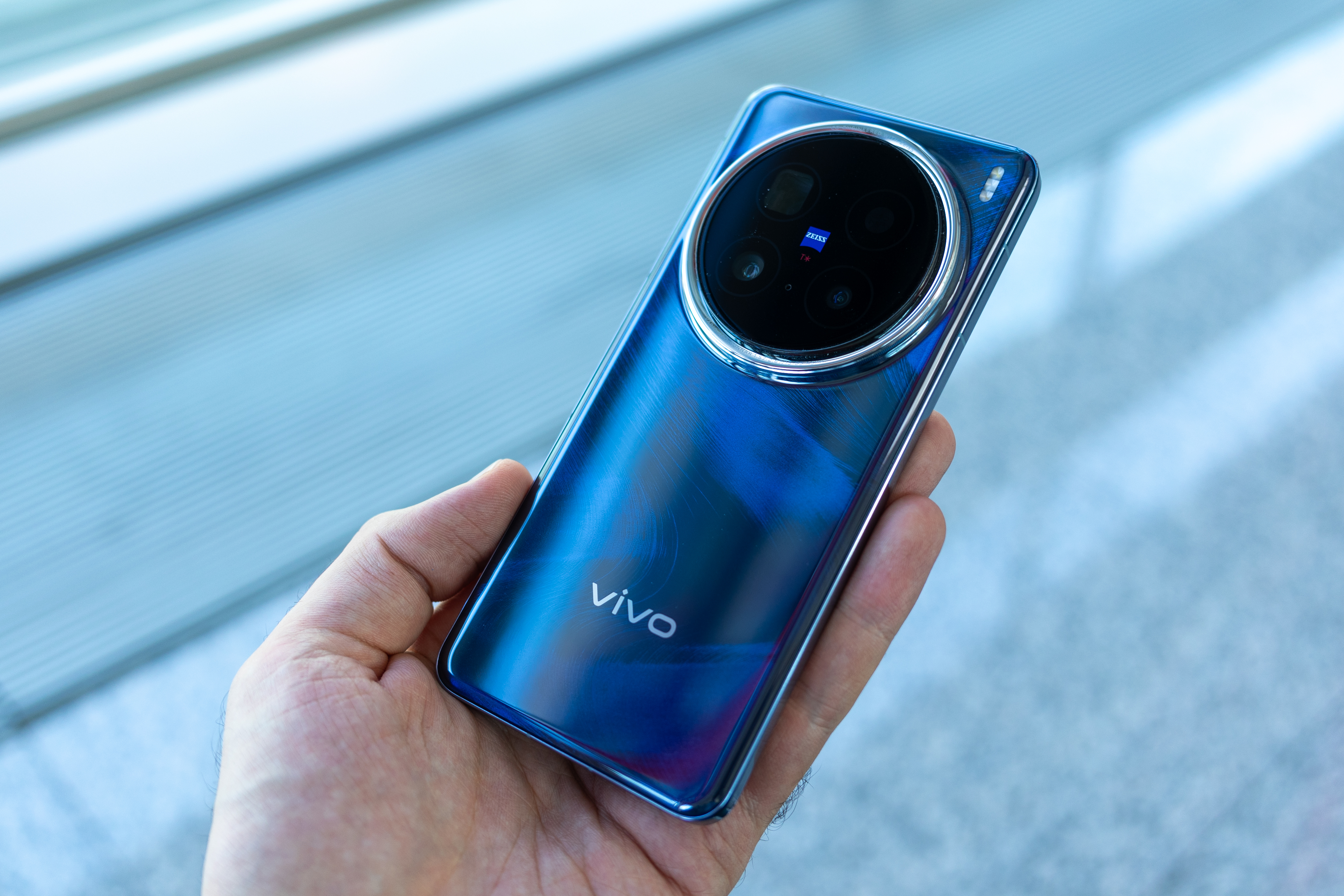
For anyone less familiar with Vivo, the Zeiss partner has impressed us over the years by driving computational photography innovation and committing to top-tier camera hardware across its flagship X series and upper midrange V series, with the latest instalments being the V40 and V40 Pro. It also launched arguably the best foldable of 2024, the Vivo X Fold 3 Pro, with each V and X series sporting Zeiss co-engineering.
In addition to launching impressive phones, Vivo's approach to mobile photography has a clear point of view, which we explored when discussing Vivo's relationship with Zeiss earlier in the year with Keshav Chugh, Product Manager in Camera and R&D at Vivo. What stood out in the discussion was a commitment to servicing pro and enthusiast photographers while still pushing the boundaries of AI photography to help typical consumers get the shot they're after.
So what does all this commitment to software translate to when matched with the highest-resolution, largest sensor-size periscope camera on the market?
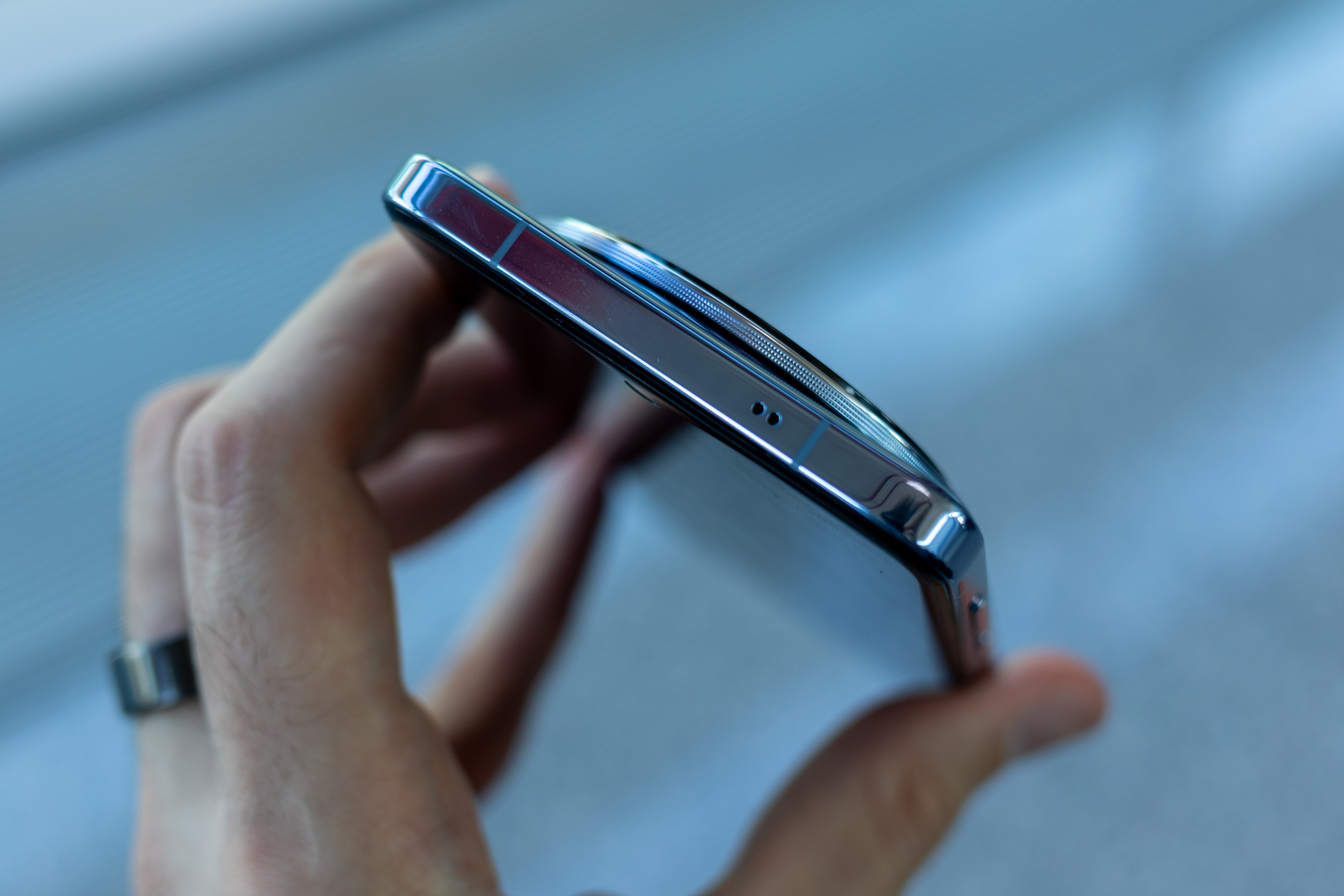
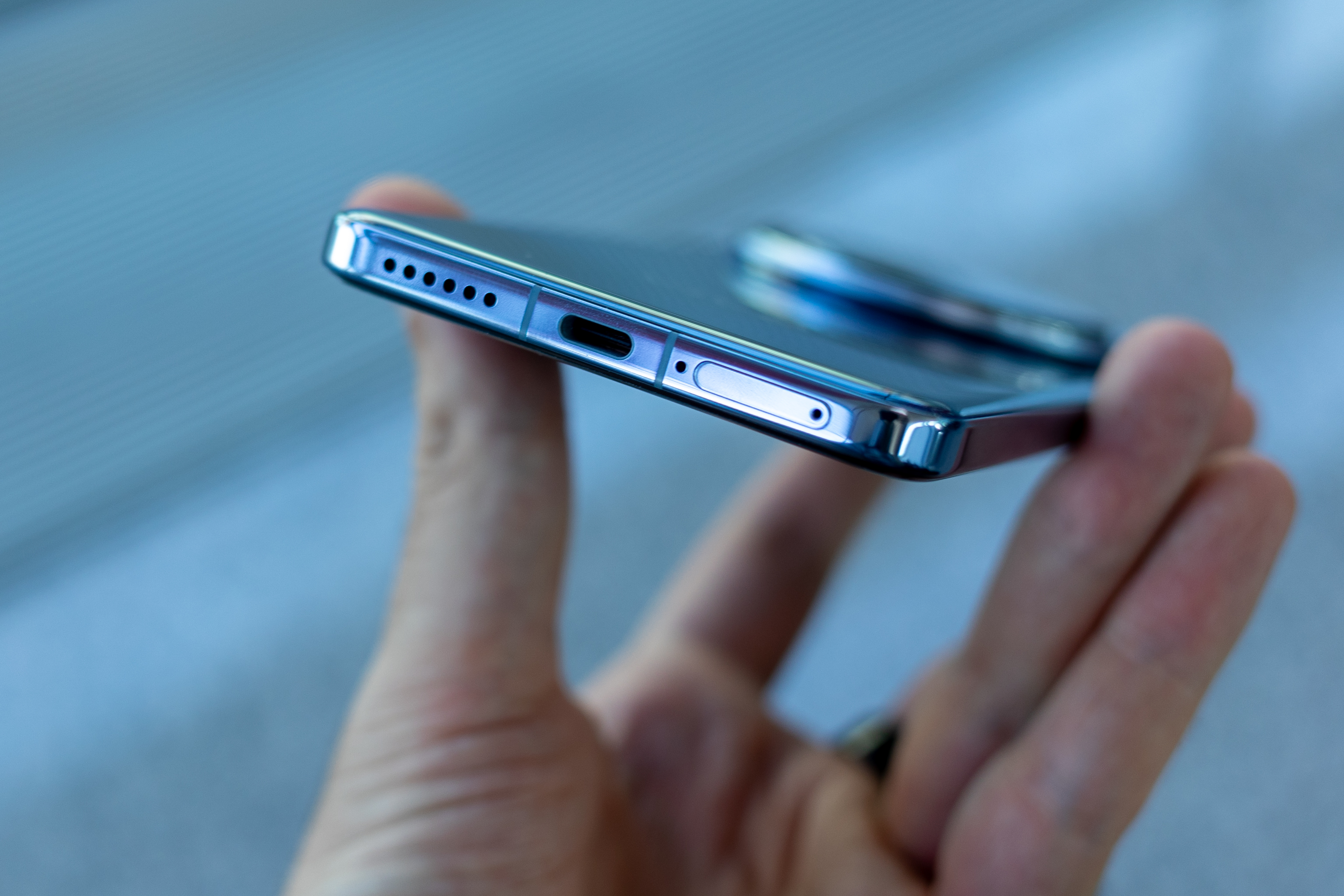
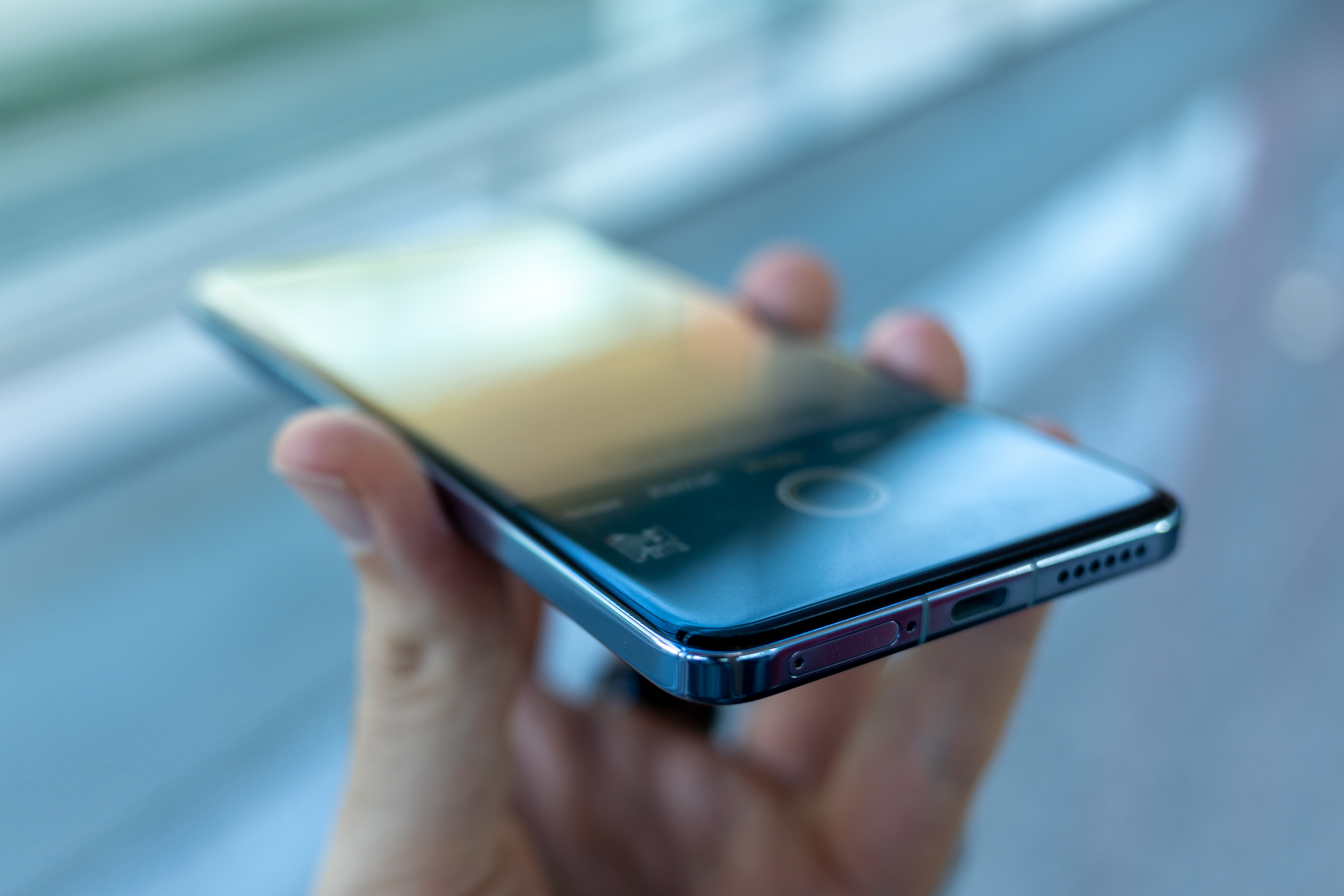
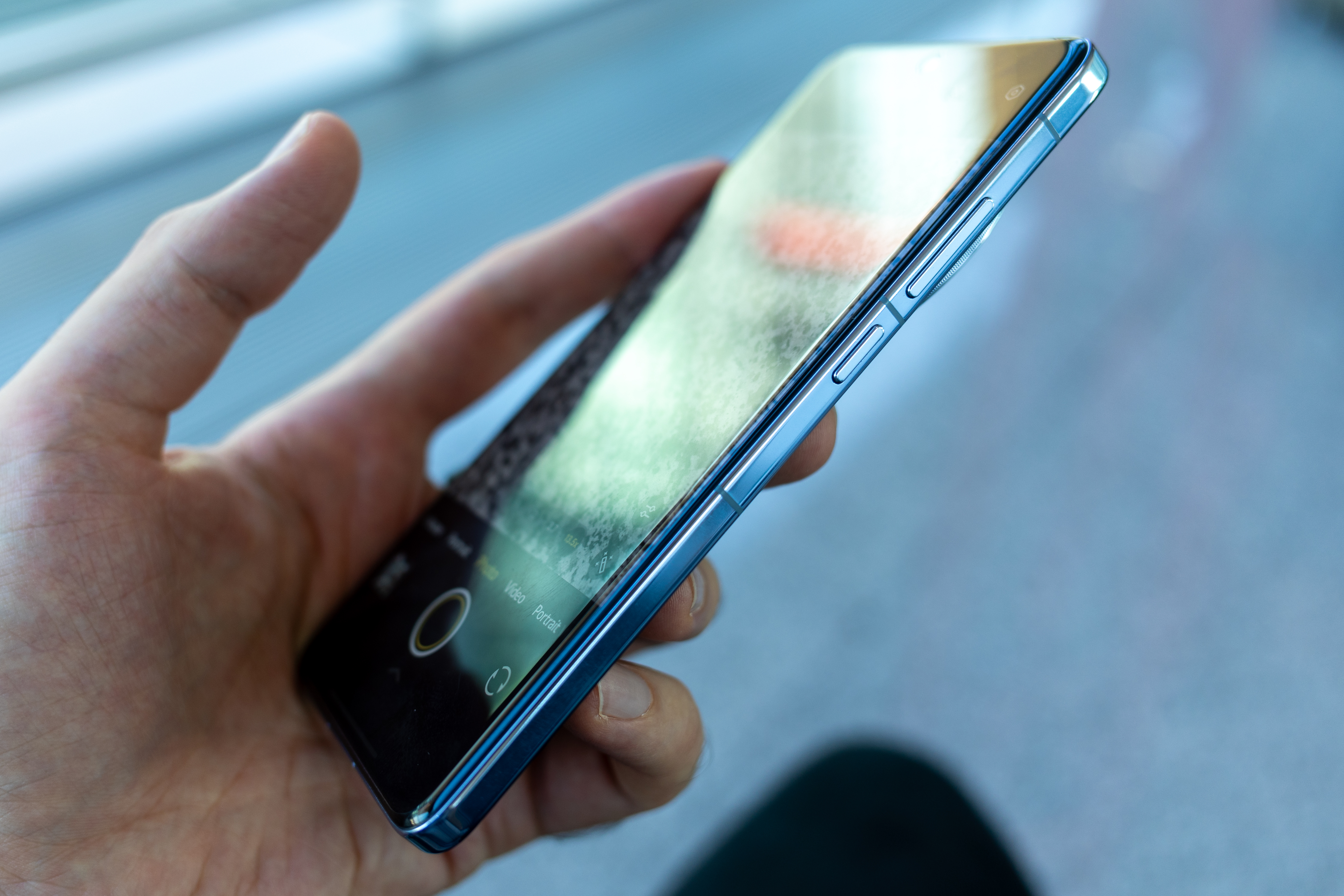
Vivo X200 Pro camera specs
The Vivo X200 Pro is a triple camera phone with a wide, ultra-wide and periscope setup. While most phones fall flat when you push their zoom cameras too hard, the X200 Pro's telephoto sensor has a large 1/1.4-inch size as well as that 200MP resolution, and even the 50MP ultra-wide camera packs autofocus and a respectable 1/2.76 sensor size. There's also a 50MP primary camera with a new sensor co-developed with Sony.
At the X200 Pro launch event, Zhao Dian, Product Director for Vivo's X series stated that a good macro lens should have telephoto reach, and a good telephoto lens should include macro focus. Tele-photographers will know that if your camera can give you both reach and near-focus, you can also minimize shadows in macro shots, keep your distance from subjects so you don't disturb them, and pull out extra shallow depth of field without relying on artificial bokeh. This point could also be seen as a not-so-veiled dig at Apple, Google and Samsung. None of their flagships have near-focusing tele-cameras.
Vivo's Zeiss APO telephoto camera, by contrast to the big three, is a specced-out, near-focusing beast. It has a large Samsung HP9 200MP sensor that's huge compared to the competition, and we're not just talking about pixel count. Its 1/1.4-inch size is much bigger than the iPhone 16 Pro's 1/3.06" sensor, the S24 Ultra's 1/2.52-inch sensor, and the Pixel 9 Pro's 1/2.55-inch sensors.
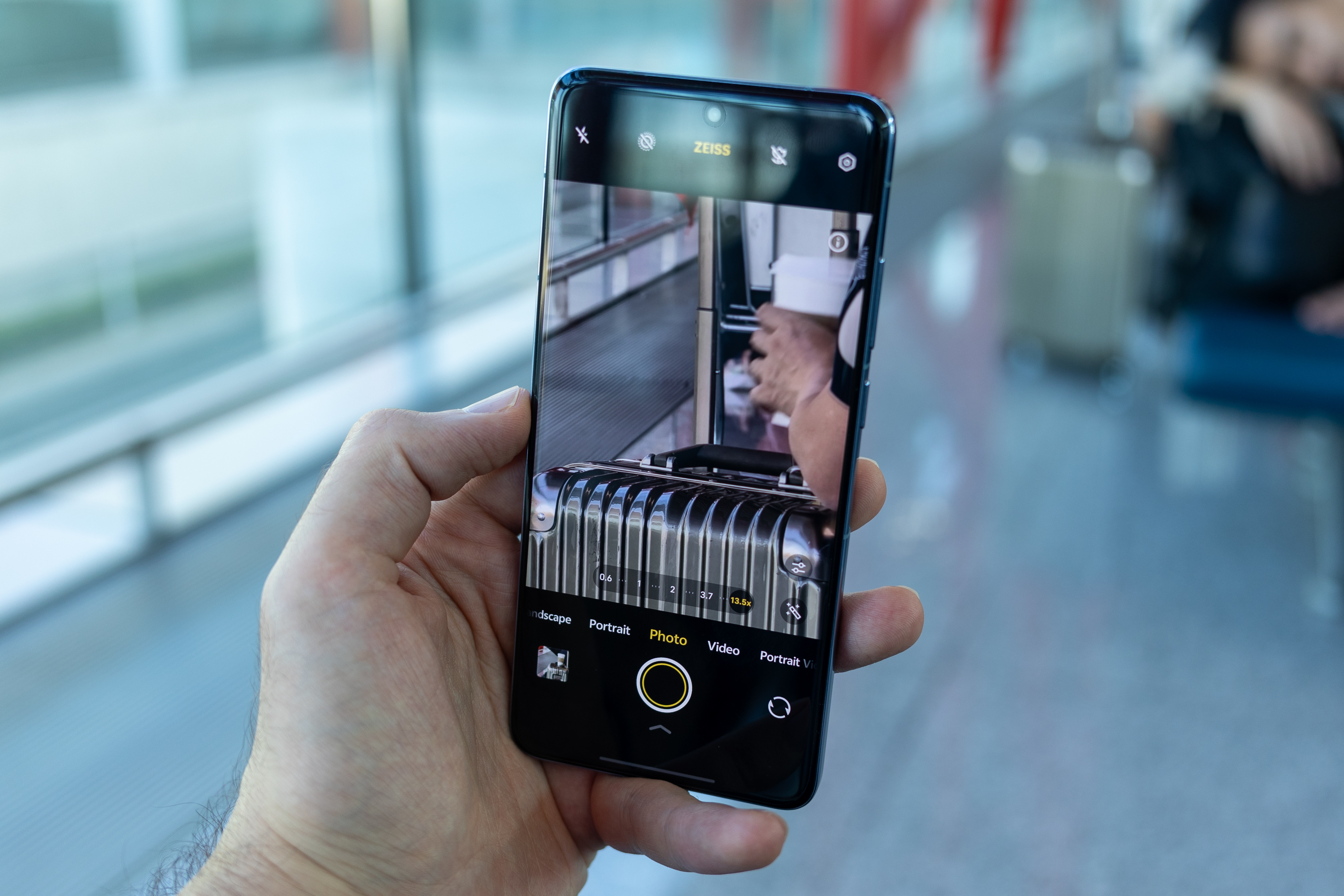
The Vivo X200 Pro also focuses as near as roughly 15cm with an 85mm equivalent focal length. The iPhone's 16 Pro's telephoto, by comparison, has a nearest focus distance of a metre or more, limiting its appeal significantly by comparison, and Google and Samsung's flagship zooms don't fare much better.
Onto the wide camera, and while 1-inch sensors have been the focus point of Vivo's past flagships, this year, Vivo's dropping the size to 1/1.28-inch, opting for a newer sensor created in partnership with Sony. This 50MP Sony LYT 818, built on a 22nm process, is up to 60% more efficient than the IMX 989 in the original Vivo X90 Pro and X100 Pro. This allows for more intense computational processing, and according to Vivo, it rivals 1-inch sensors in performance.
Vivo didn't outline how much more efficient the LYT 818 is than the new LYT 900 sensor in the Oppo Find X7 Ultra and Xiaomi 14 Ultra, a second-gen 1-inch sensor that is all about efficiency gains. In turn, we're guessing the LYT 900 might end up in the Vivo X200 Ultra if it drops later this year. Back to the X200 Pro, the wide camera also has an f/1.6 lens with OIS and a 23mm equivalent focal length.
Even without being 1-inch, the primary camera spec still competes with the S24 Ultra and iPhone 15 Pro when it comes to sensor size and resolution.
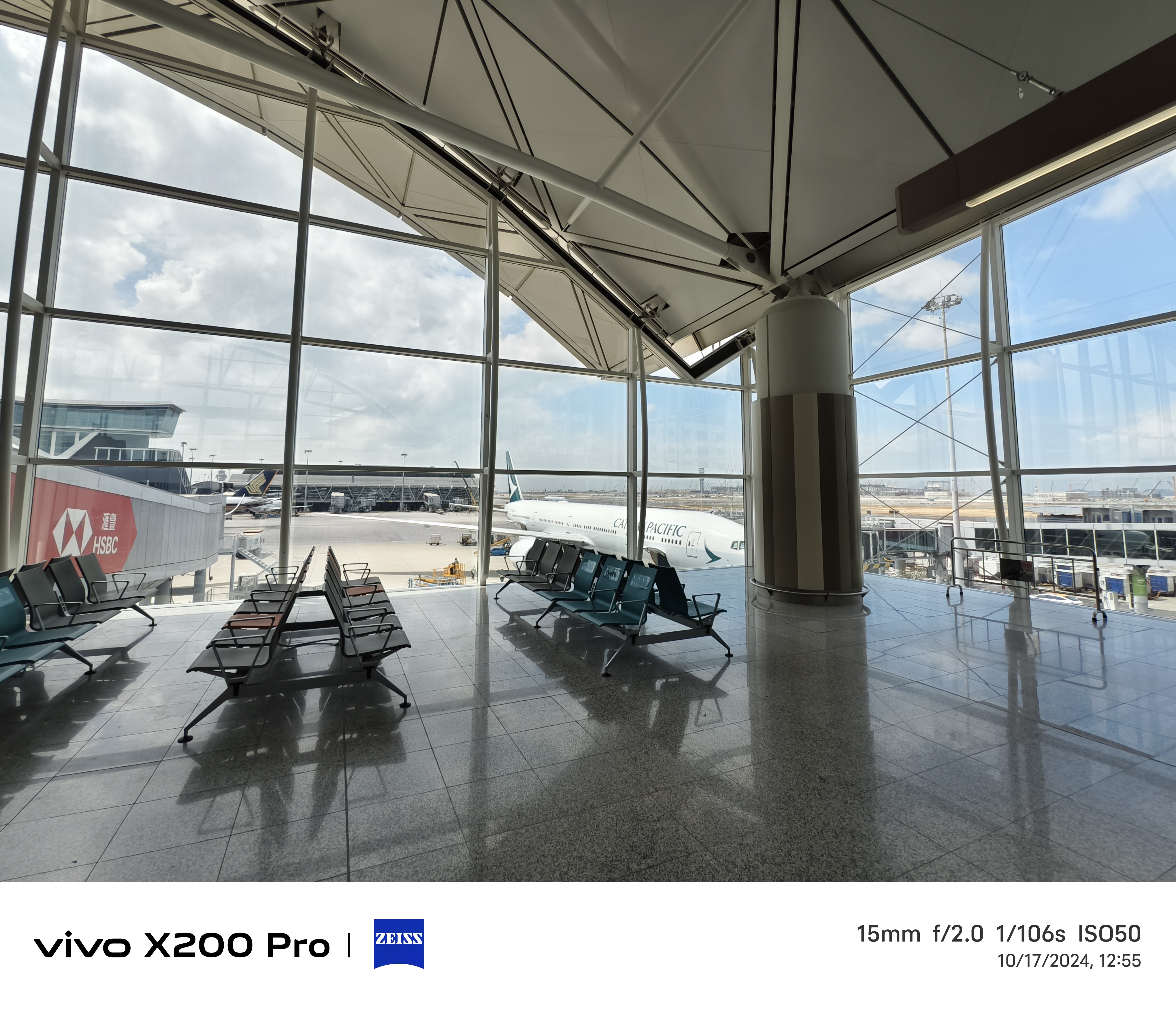
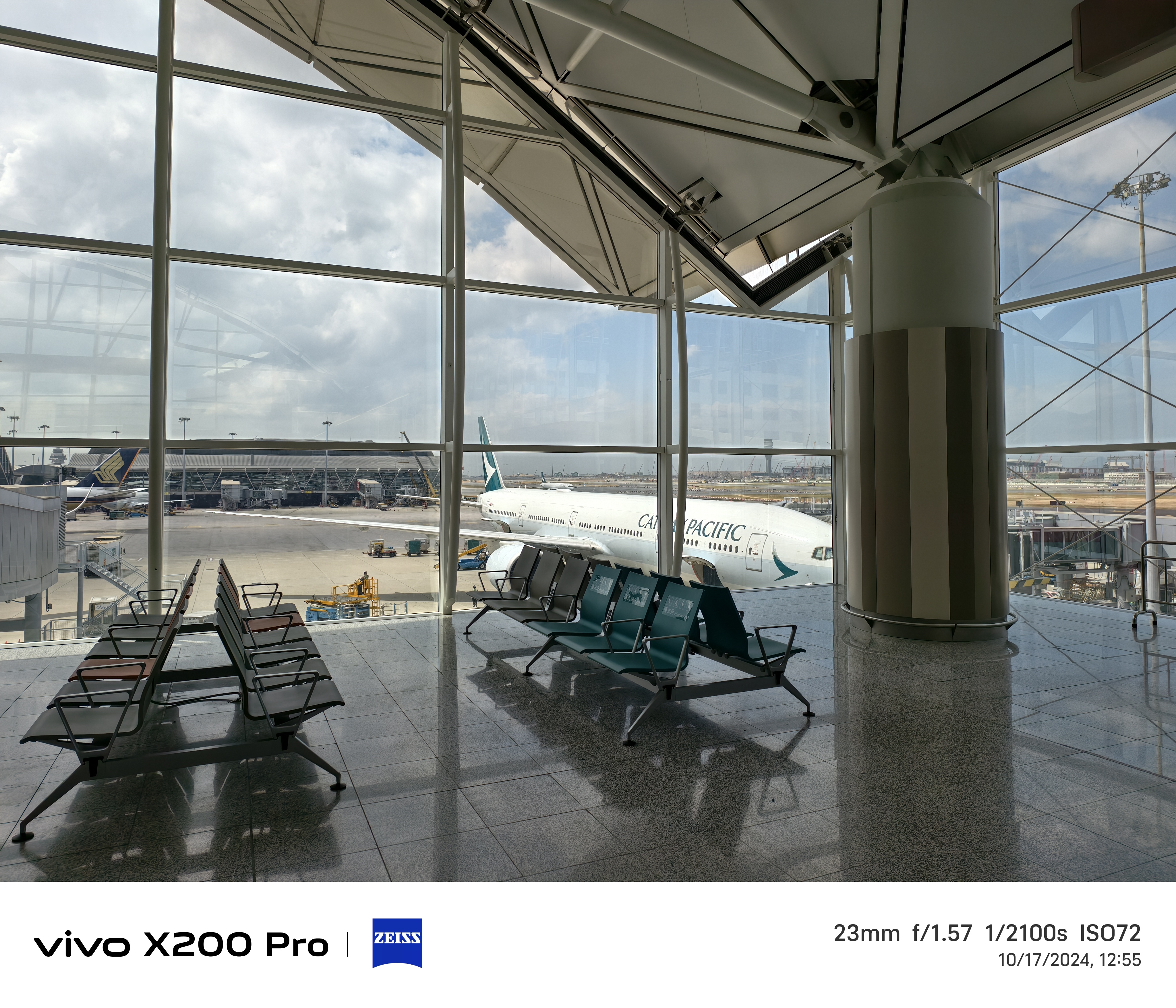
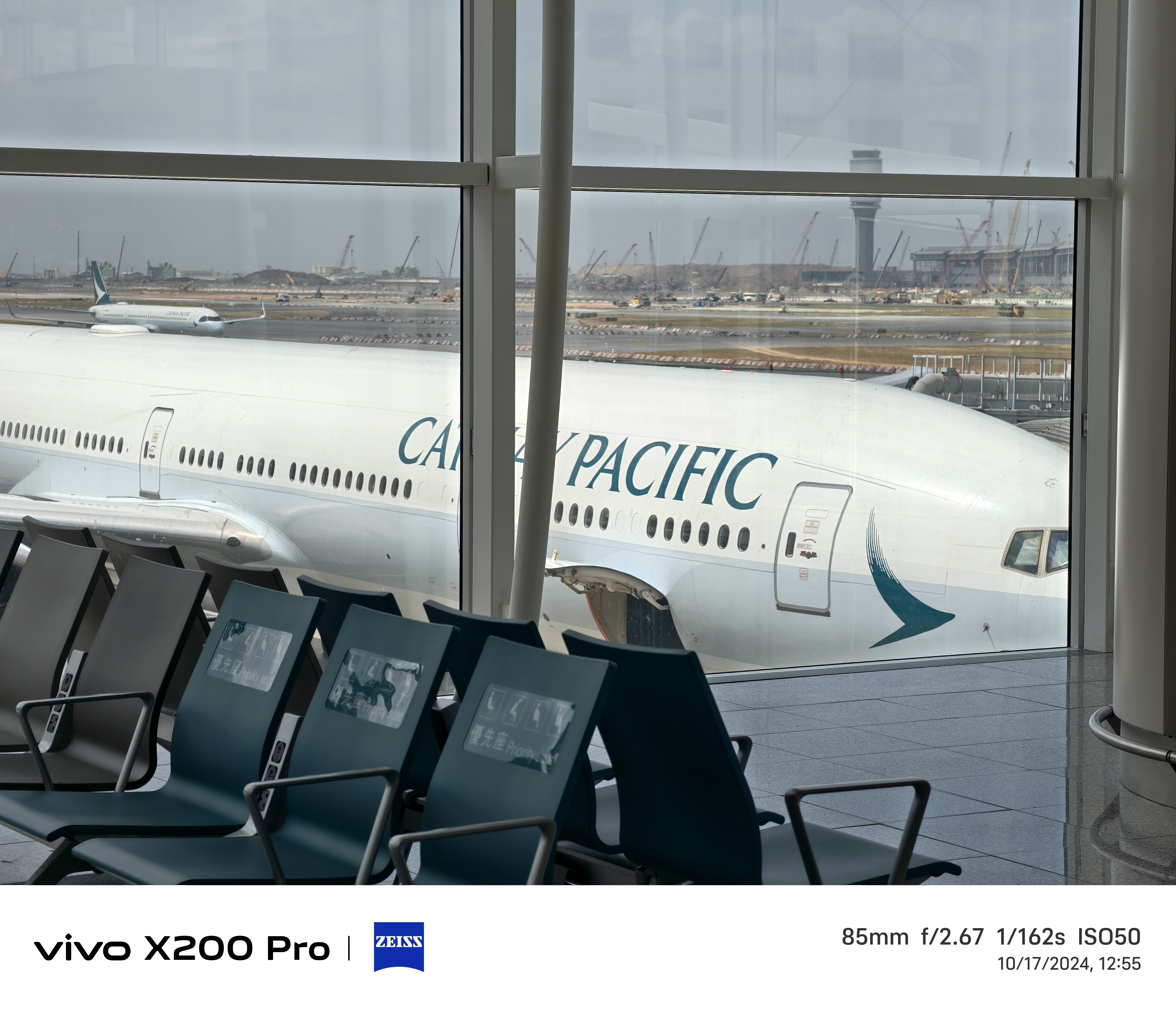
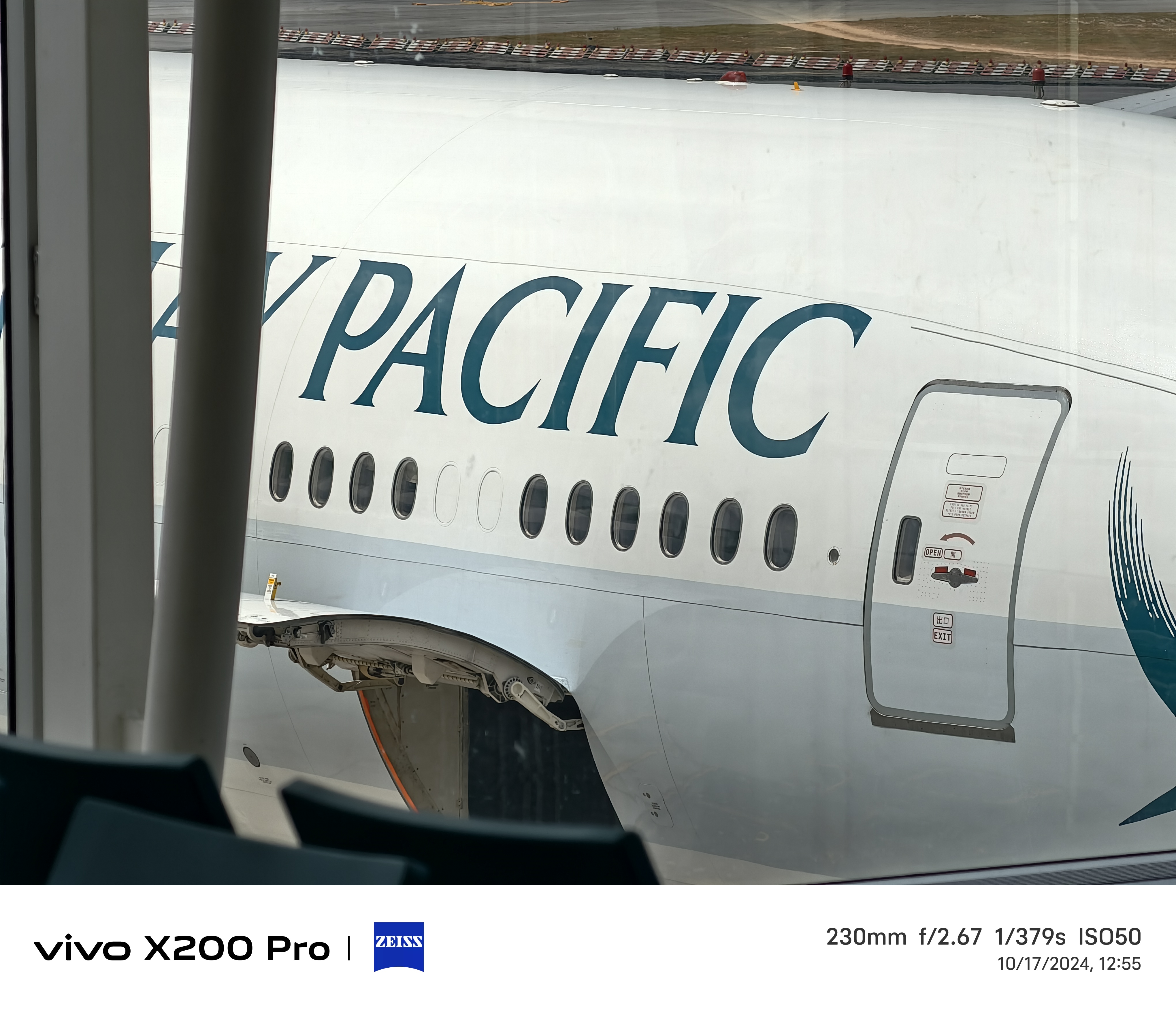
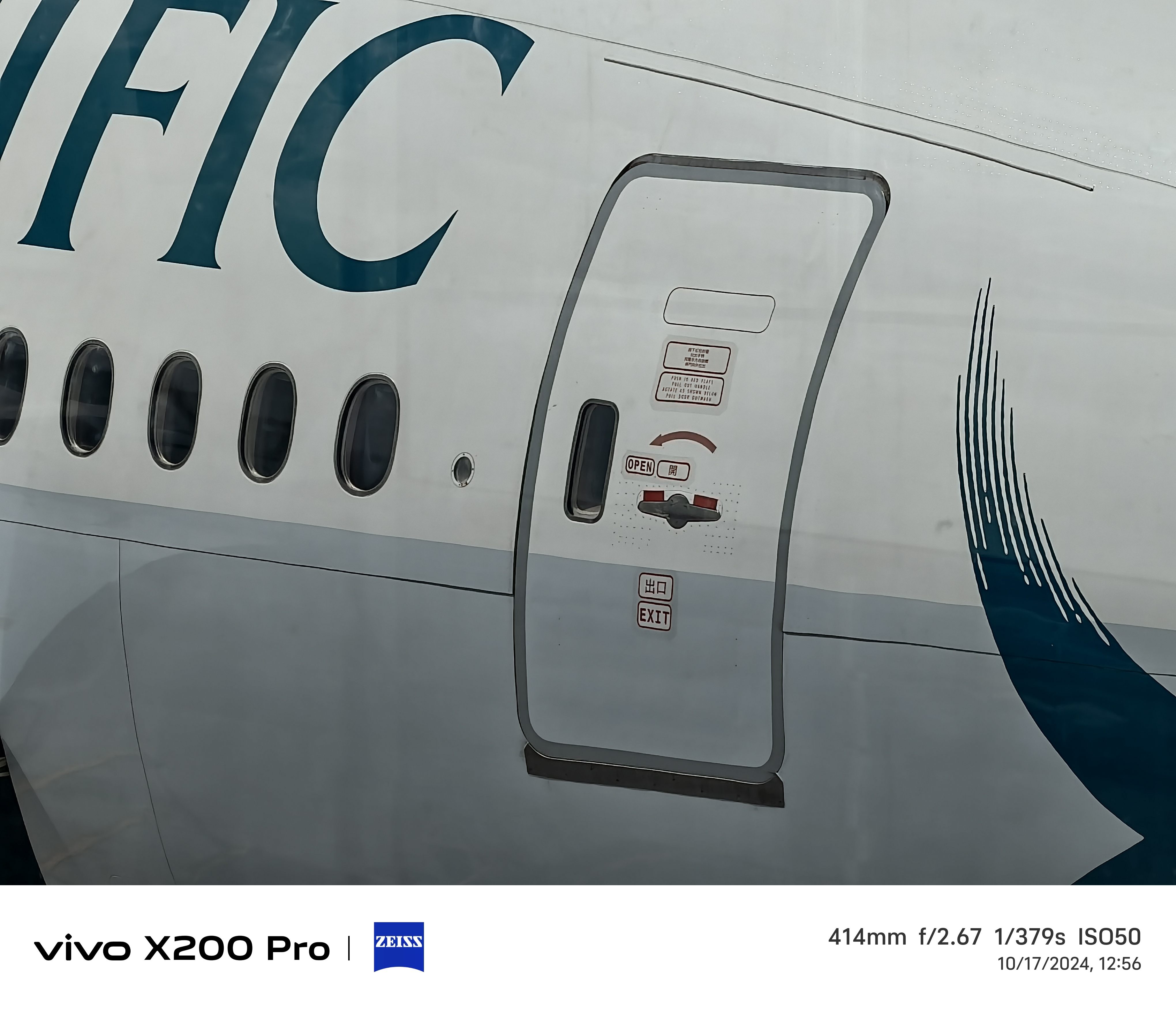
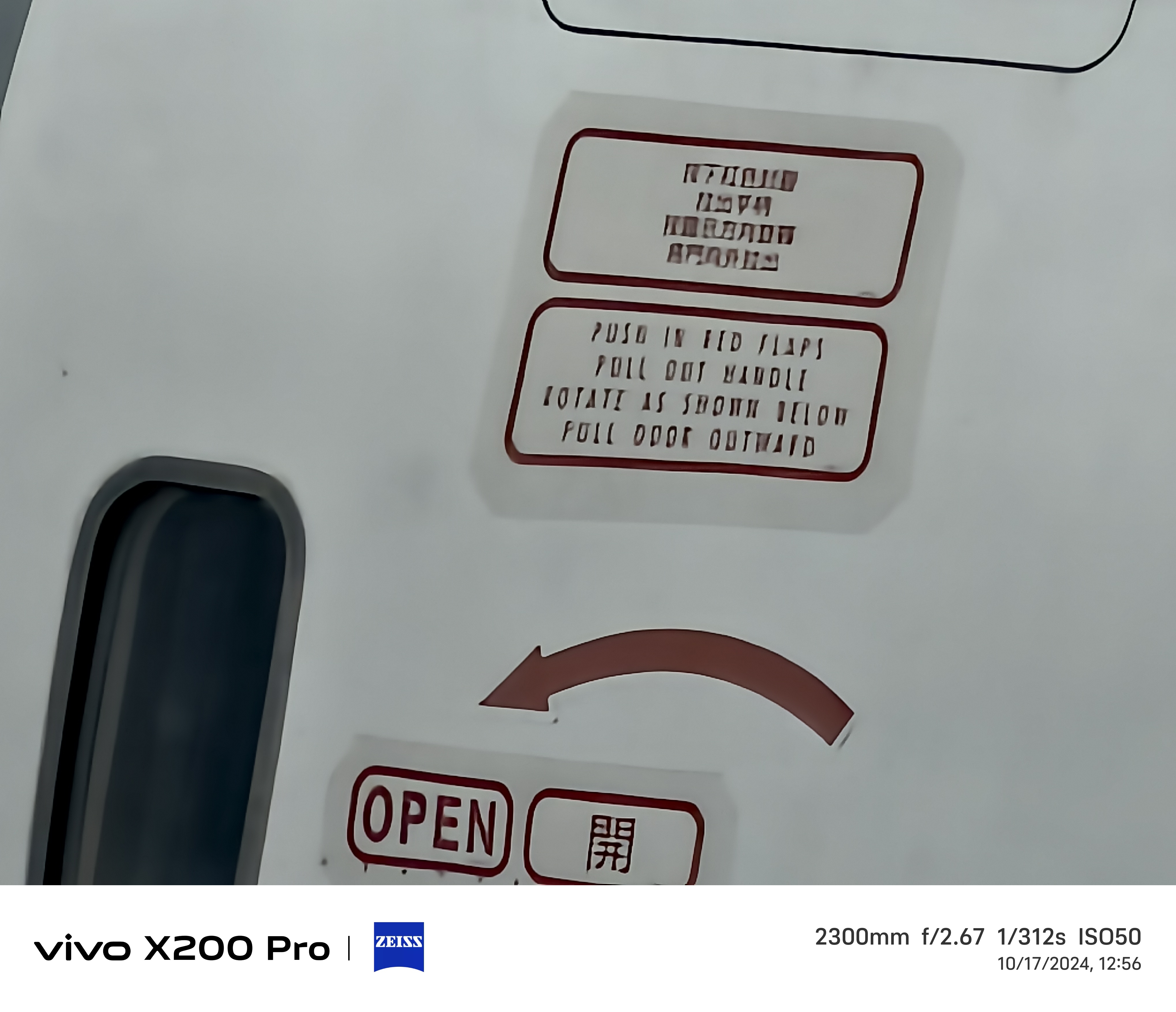
Vivo's main argument for not using a 1-inch sensor this time is video. Thanks to significantly faster readout speeds compared to the IMX 898, it can apply the kind of computational photography typically reserved for photos to the X200 Pro's footage. This frame-by-frame processing is made possible by a combination of factors: the new sensor, the power of the new MediaTek Dimensity 9400 chipset, and Vivo's V3+ imaging chip. The Vivo X200 Pro can also shoot Dolby Vision, 10-bit HDR at 4K 60fps, or SDR 4K 120fps video across all three rear cameras.
The ultra-wide camera on the Vivo X200 Pro is less of a highlight but remains competitive with its 50MP resolution, f/2.0 aperture, and 15mm equivalent focal length (which translates to a 119˚ field of view). The 1/2.76-inch Samsung JN1 sensor is also respectable in size and resolution, and the fact the lens packs autofocus helps the camera system as a whole maintain its flagship status.
We do wish the ultra-wide was slightly wider. Specifically, when recording video, the EIS tightens up the framing, making it only a little wider than the wide camera. For photos, though, it's great.
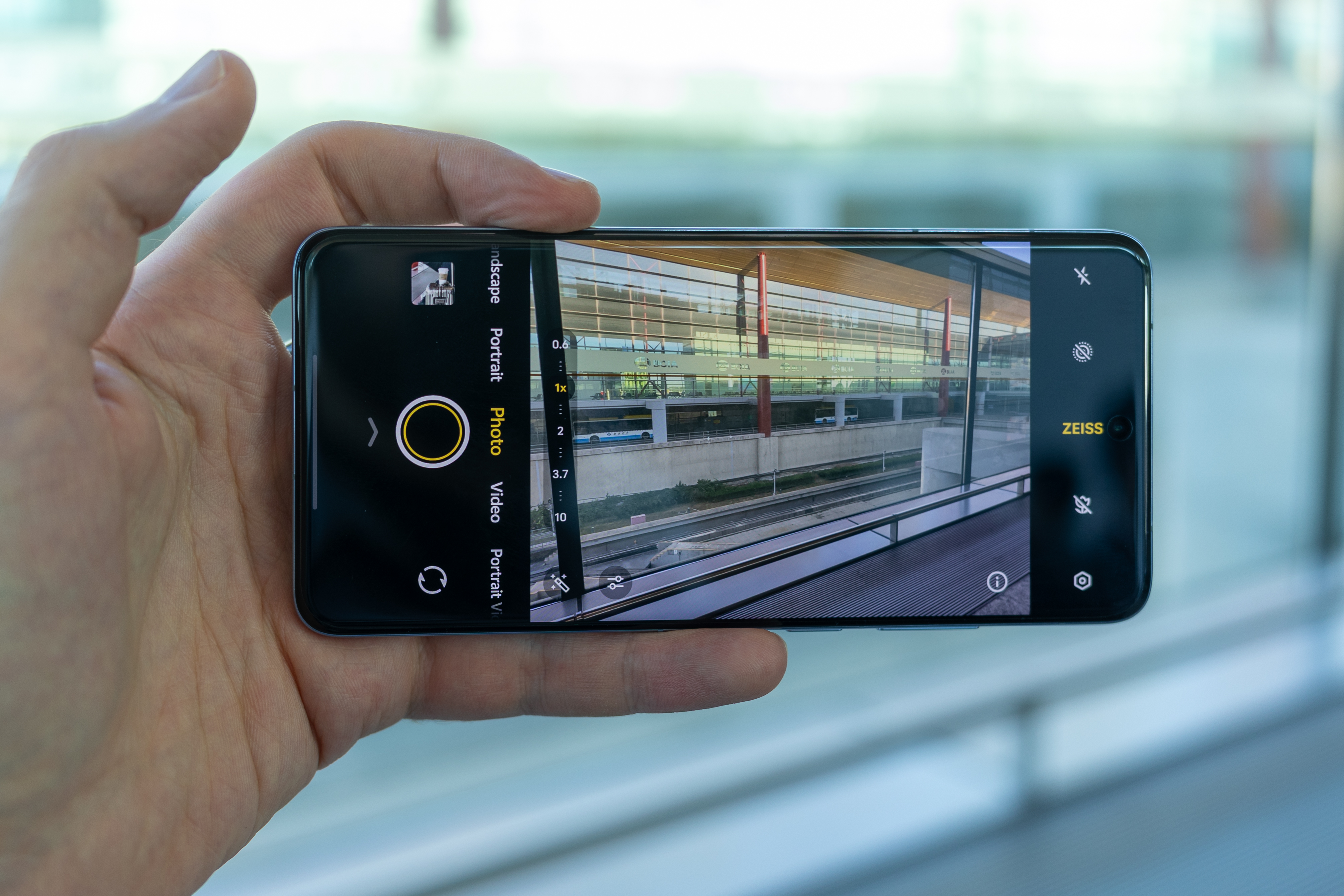
Vivo X200 Pro camera performance
What strikes us about the Vivo X200 Pro after a few days is that it has a similar quality to the OPPO Find X7 Ultra and Xiaomi 14 Ultra, in the sense it feels more like a camera system than four individual cameras. Whether using the wide, ultra-wide, telephoto camera, or zooming between all three, photos typically impressed us. By contrast, the iPhone 15 Pro Max felt like three separate cameras, though the iPhone 16 Pro series does improve upon this.
Unlike when using an iPhone, Galaxy or Pixel, our camera of choice on the X200 Pro was typically the telephoto camera, and this is down to three reasons: its focal length, focus distance, and image quality.
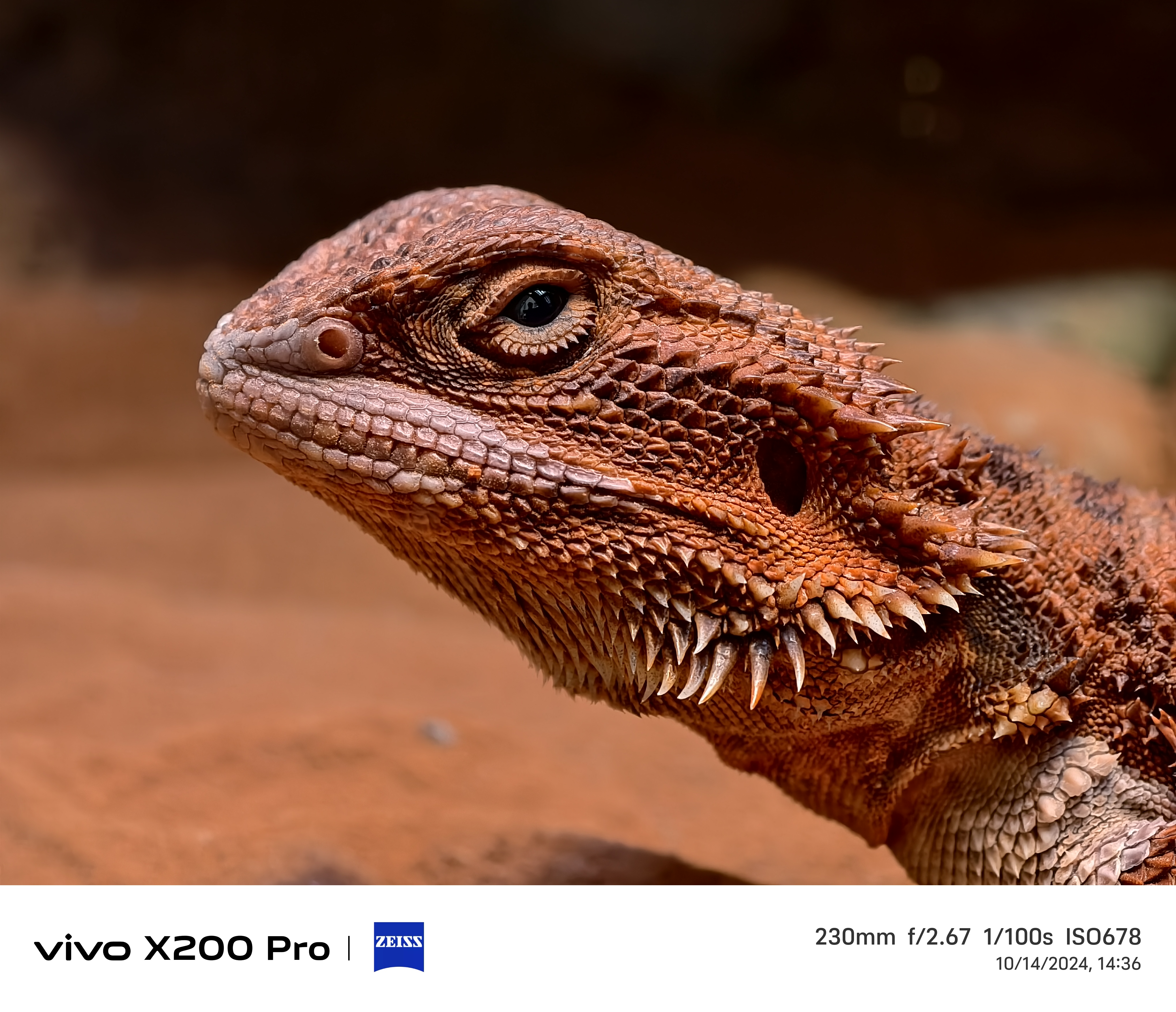
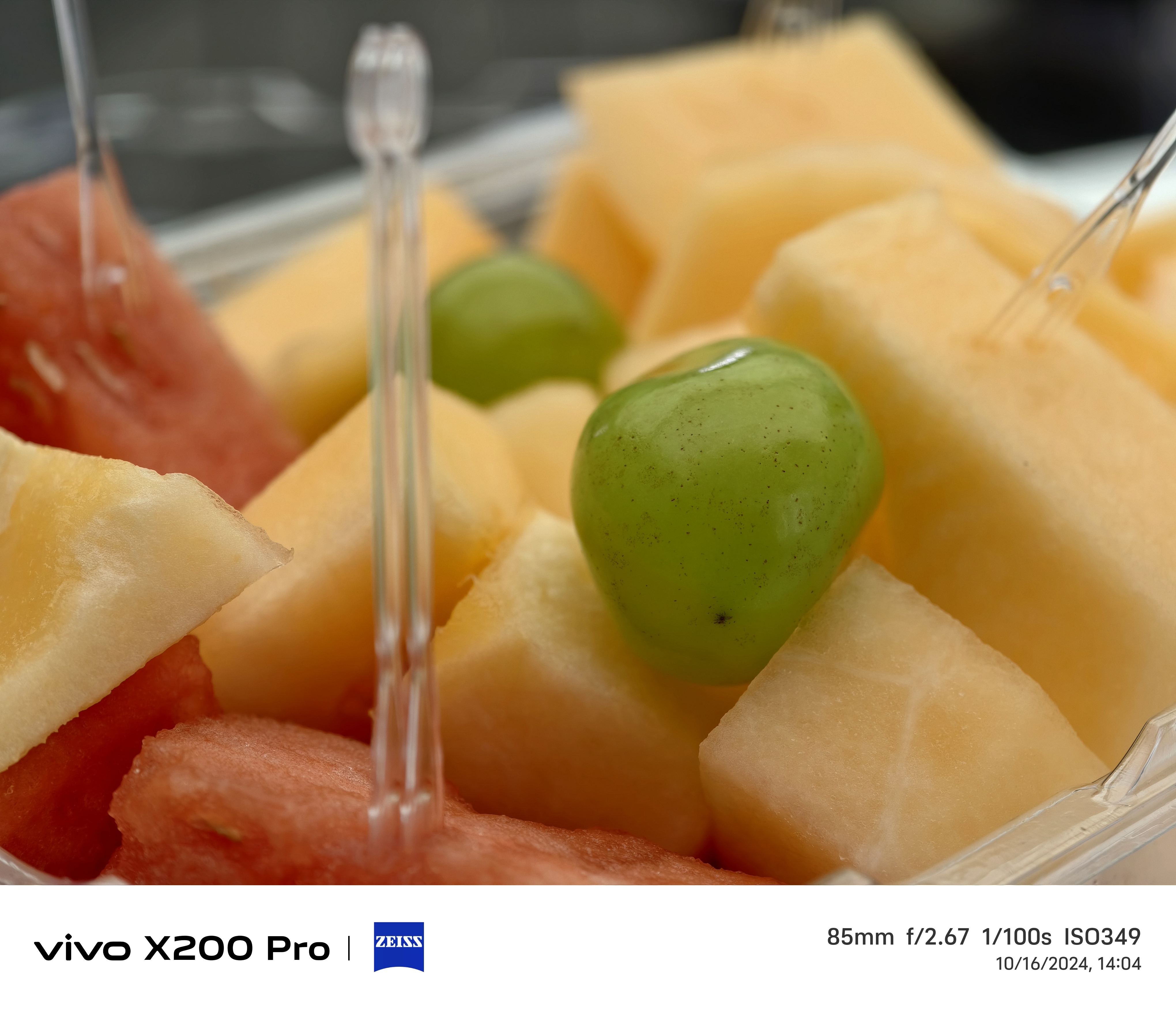
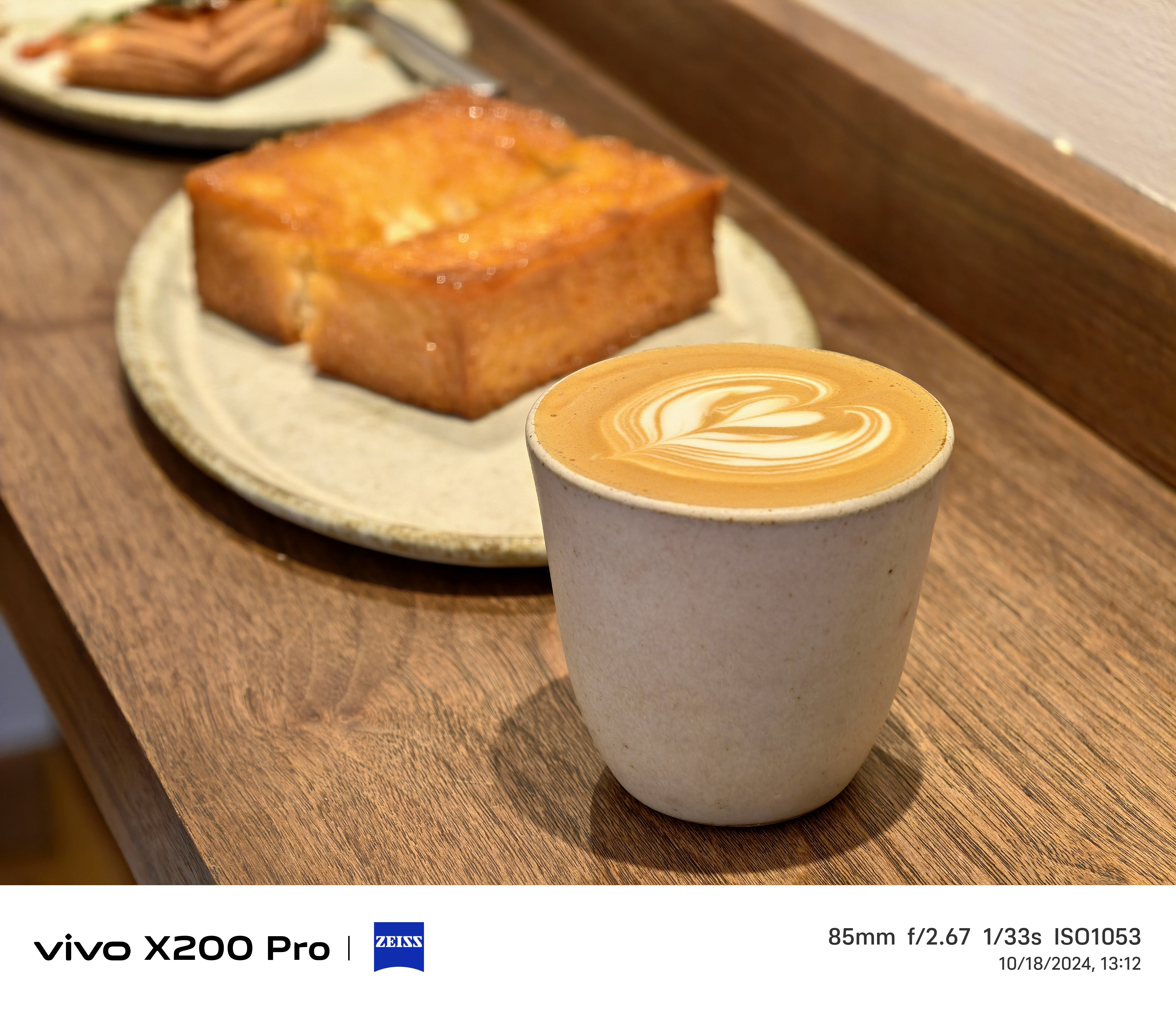
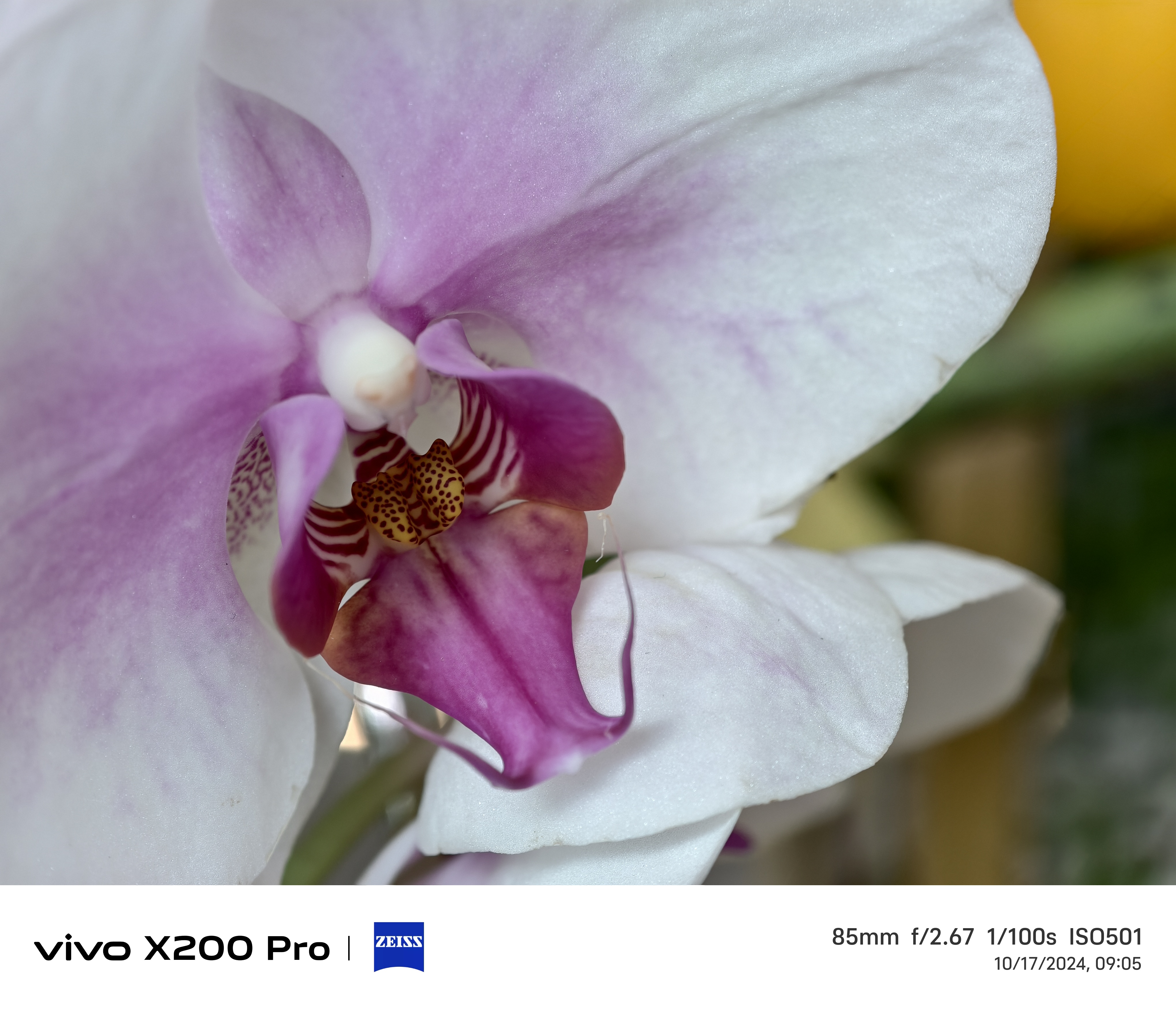
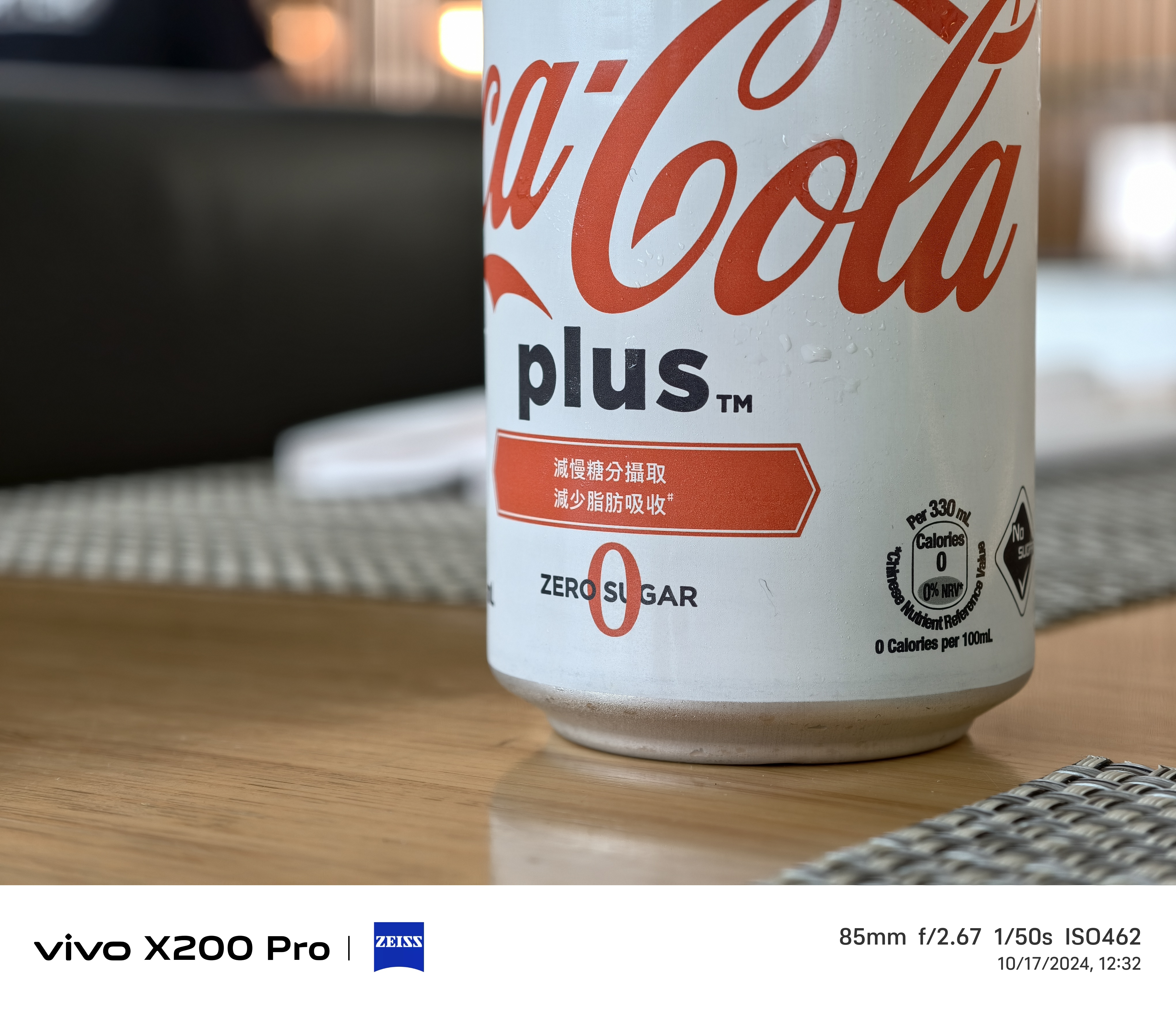
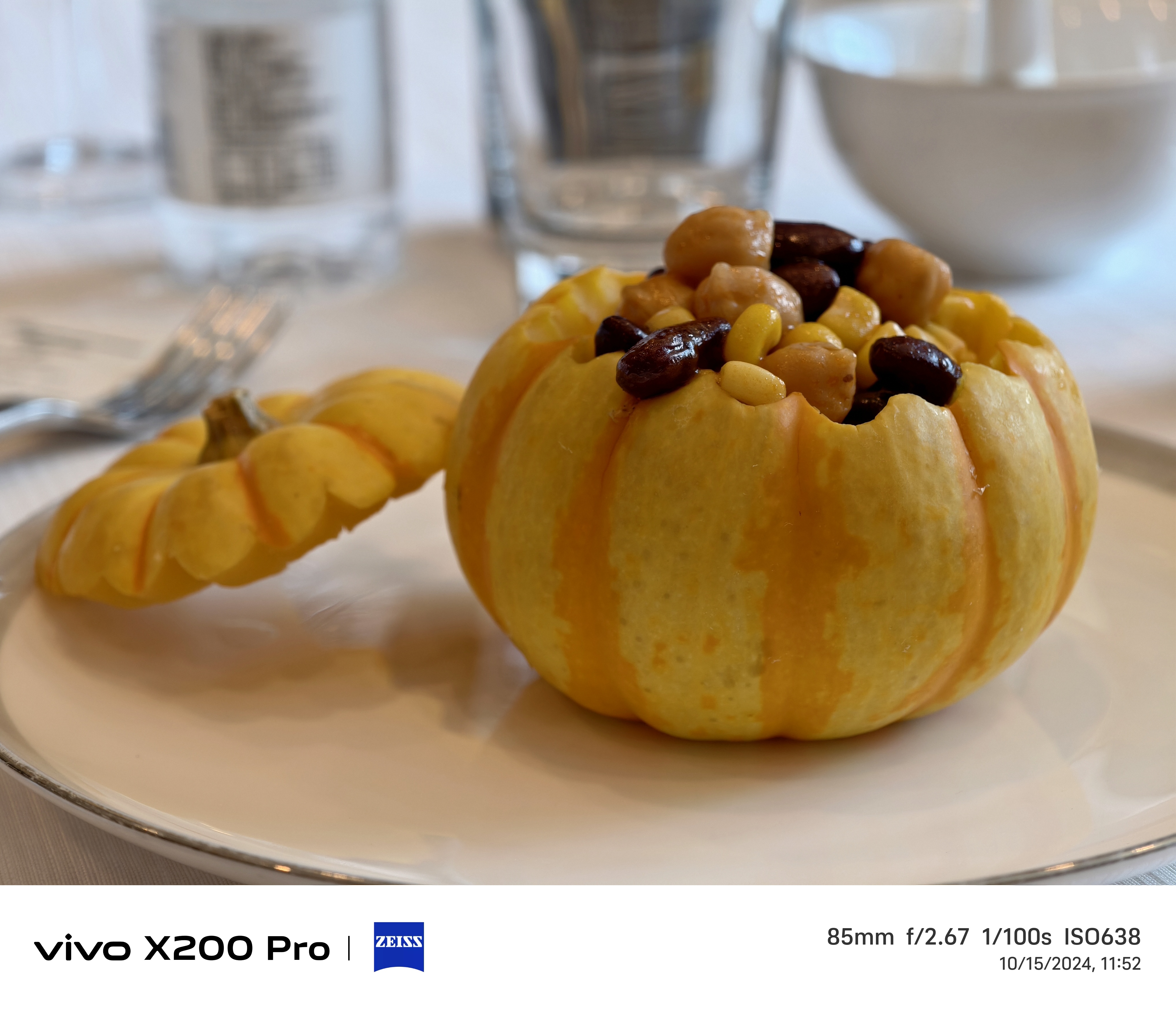
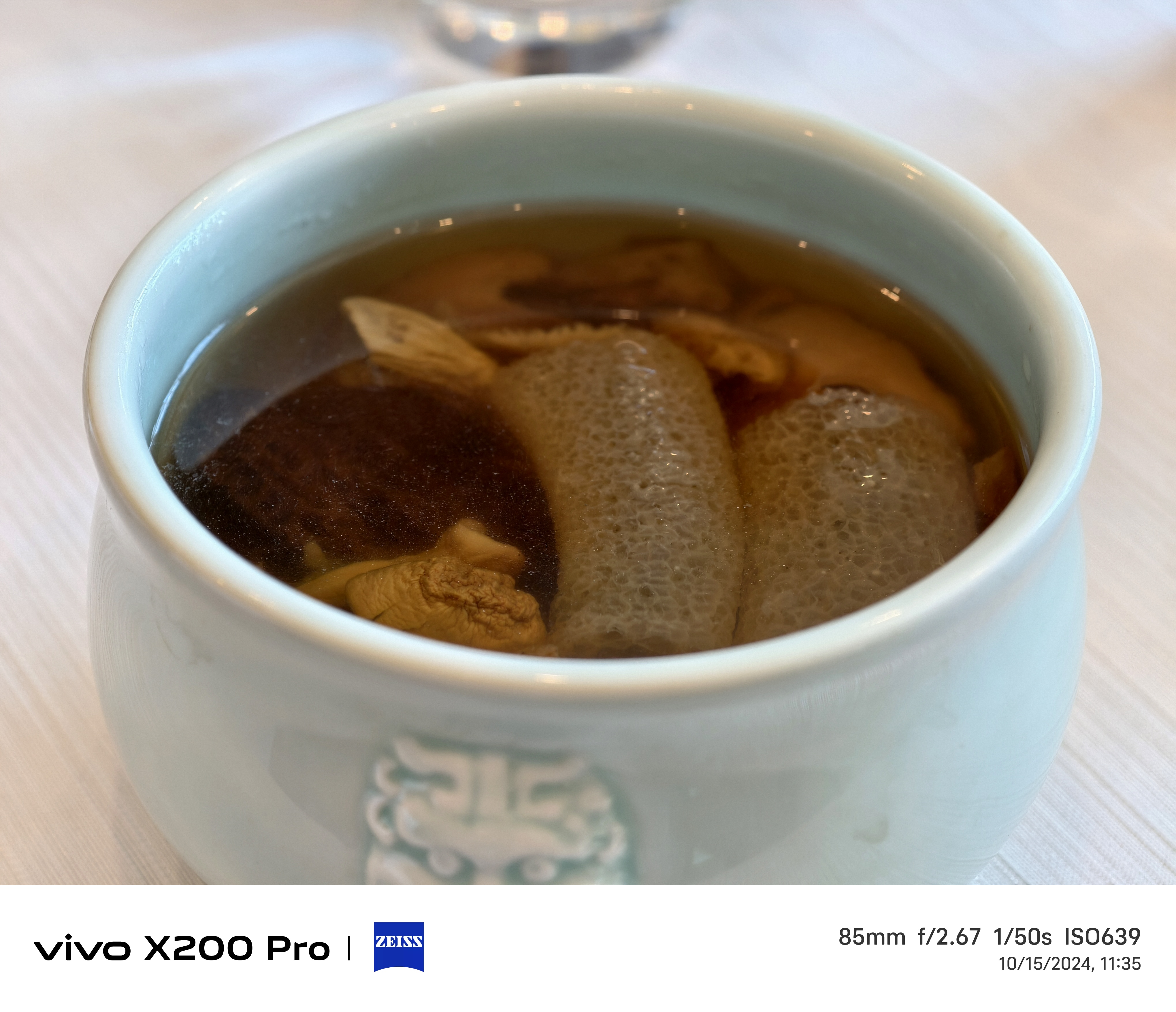
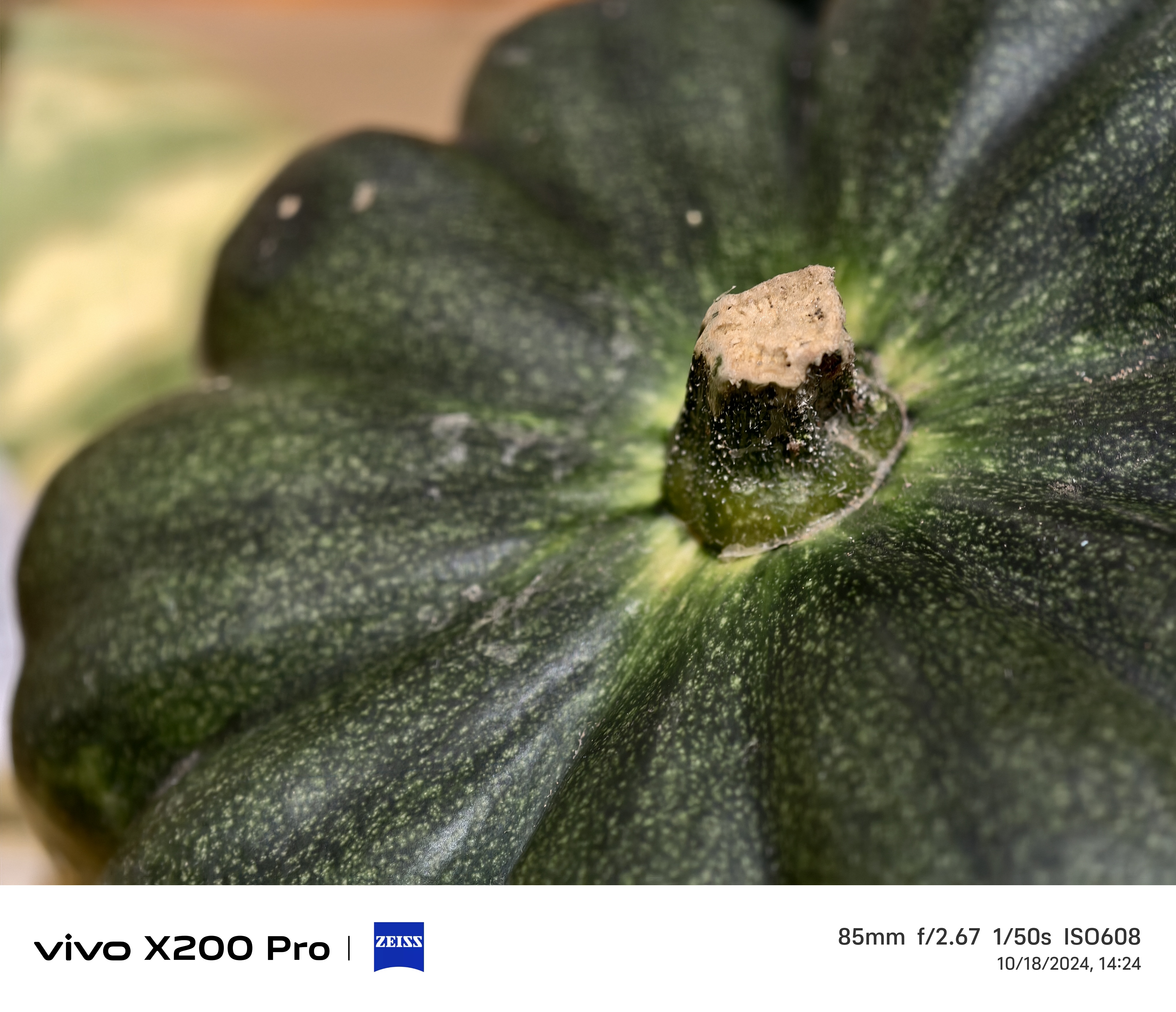
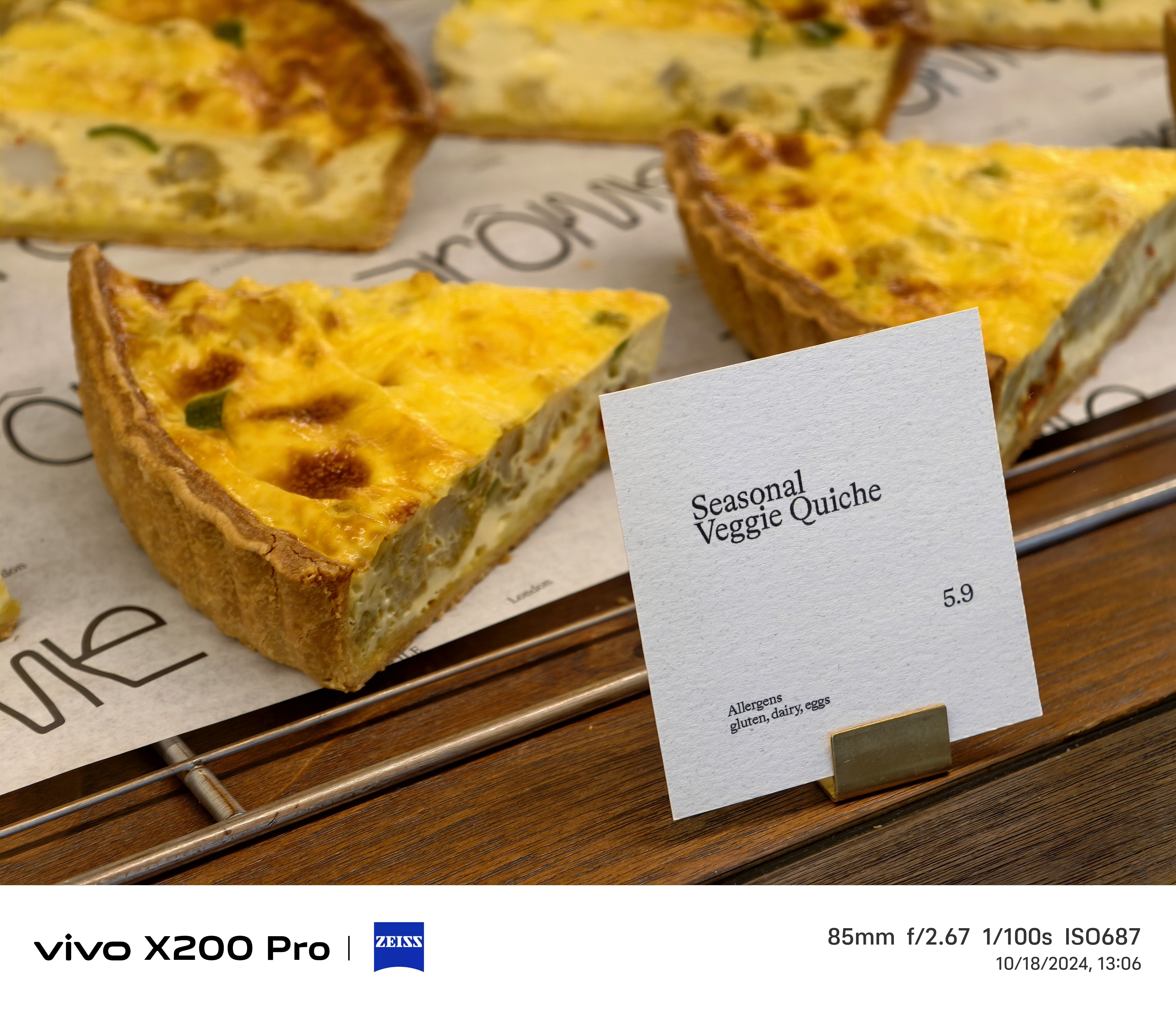
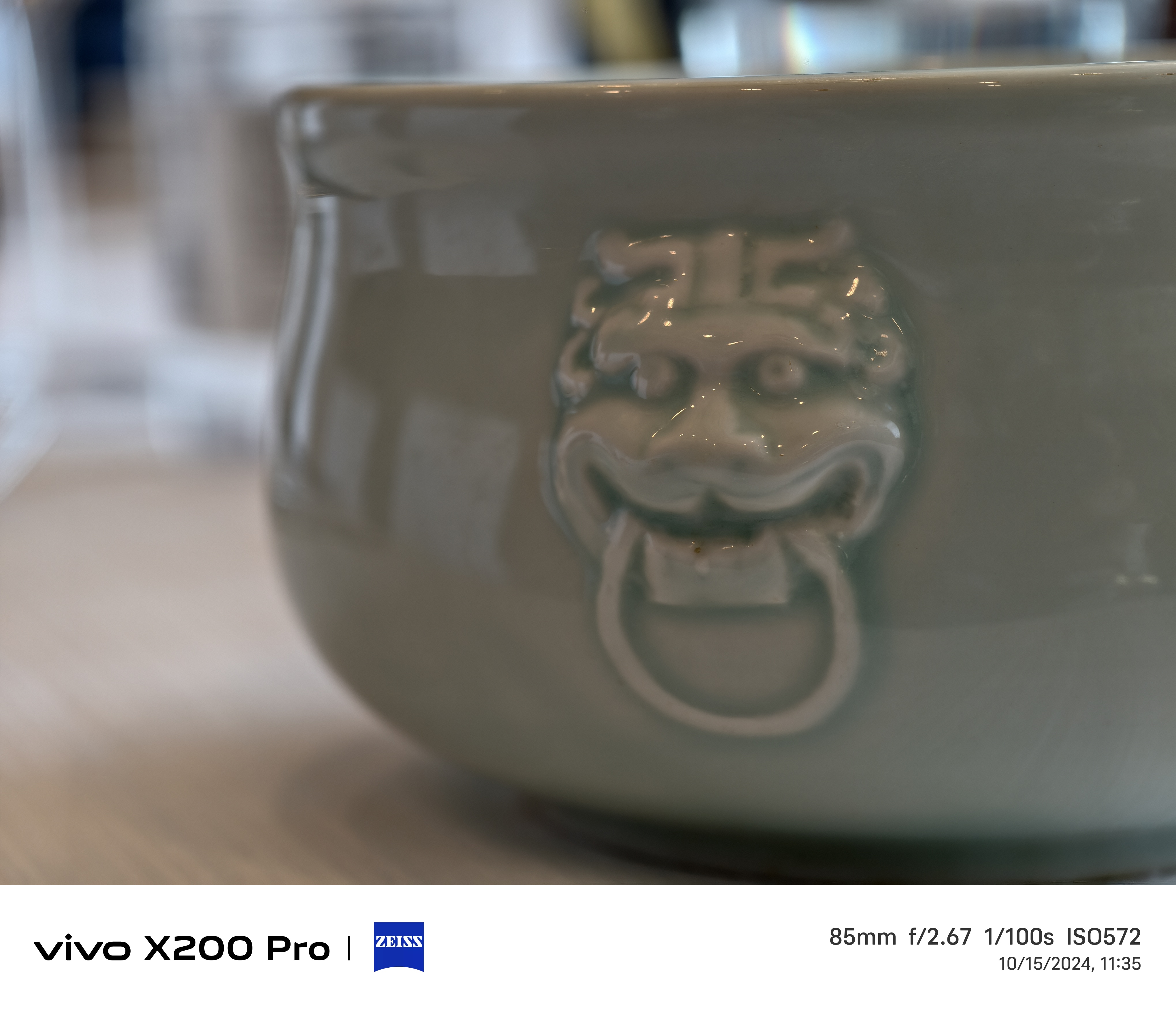
The telephoto camera's 3.7x, 85mm equivalent focal length is more practical than a 120mm, 5x tele camera on the iPhone 16 Pro and Pro Max. By shortening the focus distance and focal length, Vivo opens up its 200MP tele camera to product and food photography, as well as 85mm portraits, three common types of shots we tend to take. The results look exceptional.
Thanks to the larger sensor and Vivo's processing, the dynamic range from the 85mm camera is in the realm of what we would expect from a primary camera; noise is well handled, and white balance and processing are consistent and balanced. That isn't to say photos don't look processed; there's visible sharpening, boosting, and HDR effects applied across all three cameras' photos, but out of all the camera phone makers, Vivo tends to make edits that look most like how we might edit shots.
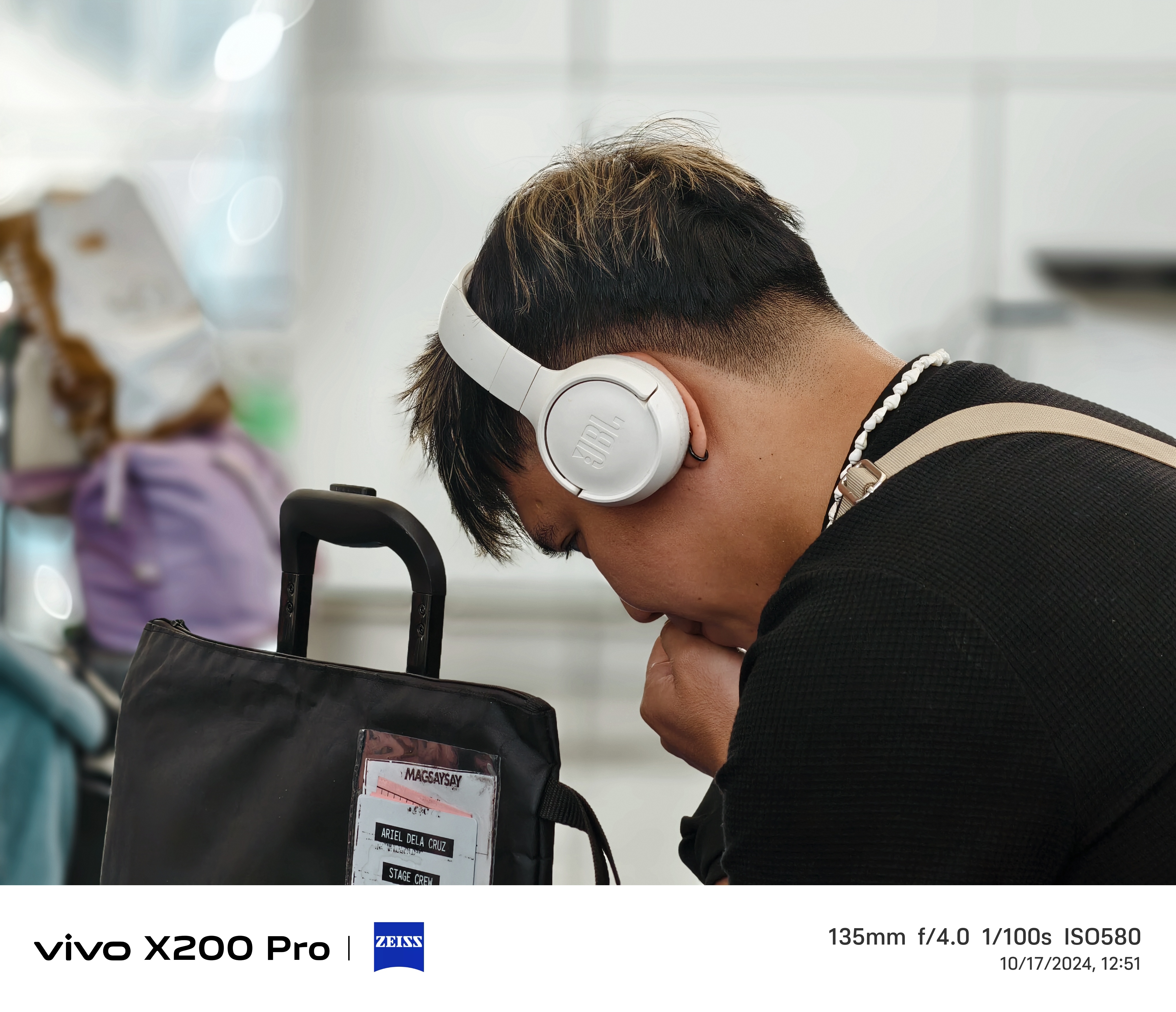
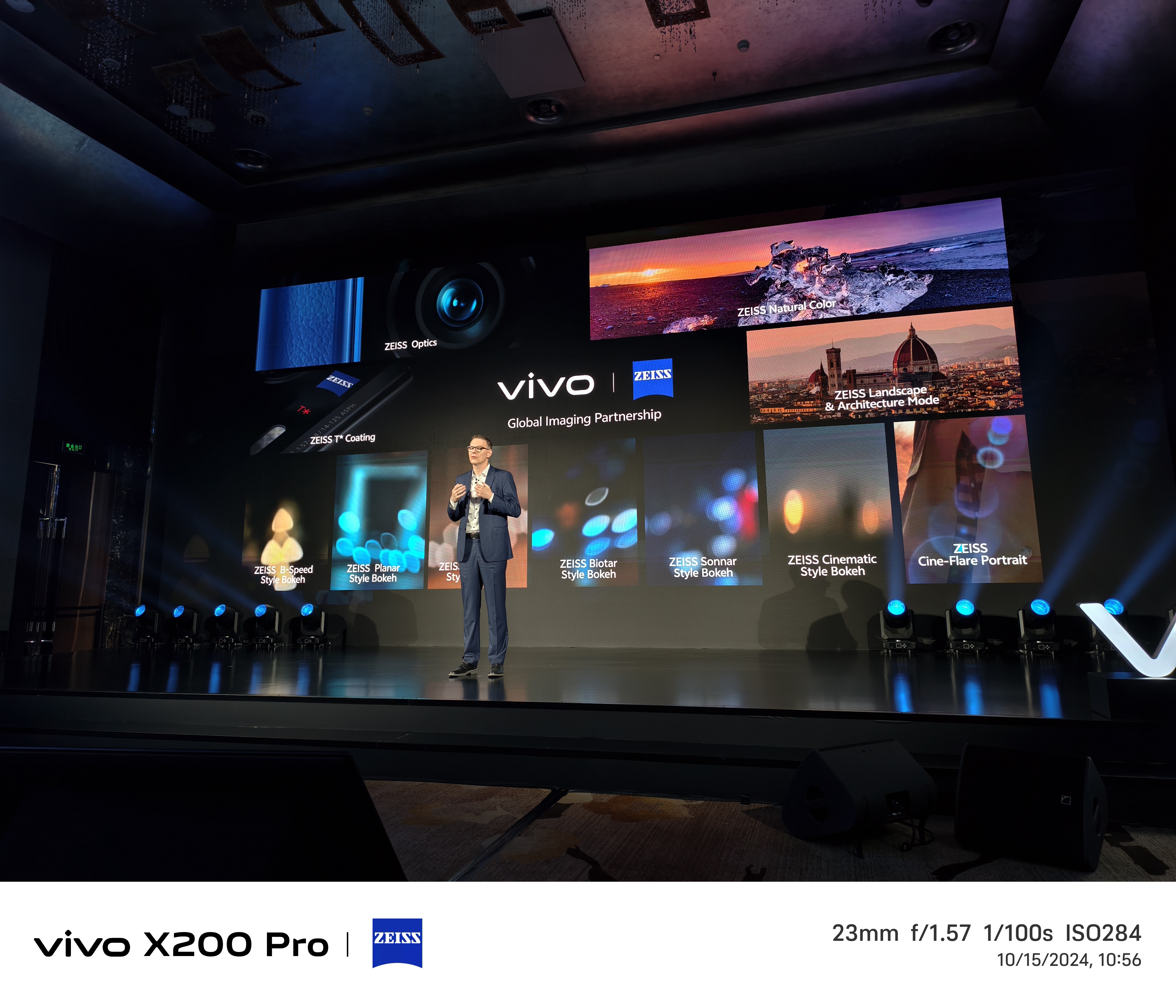
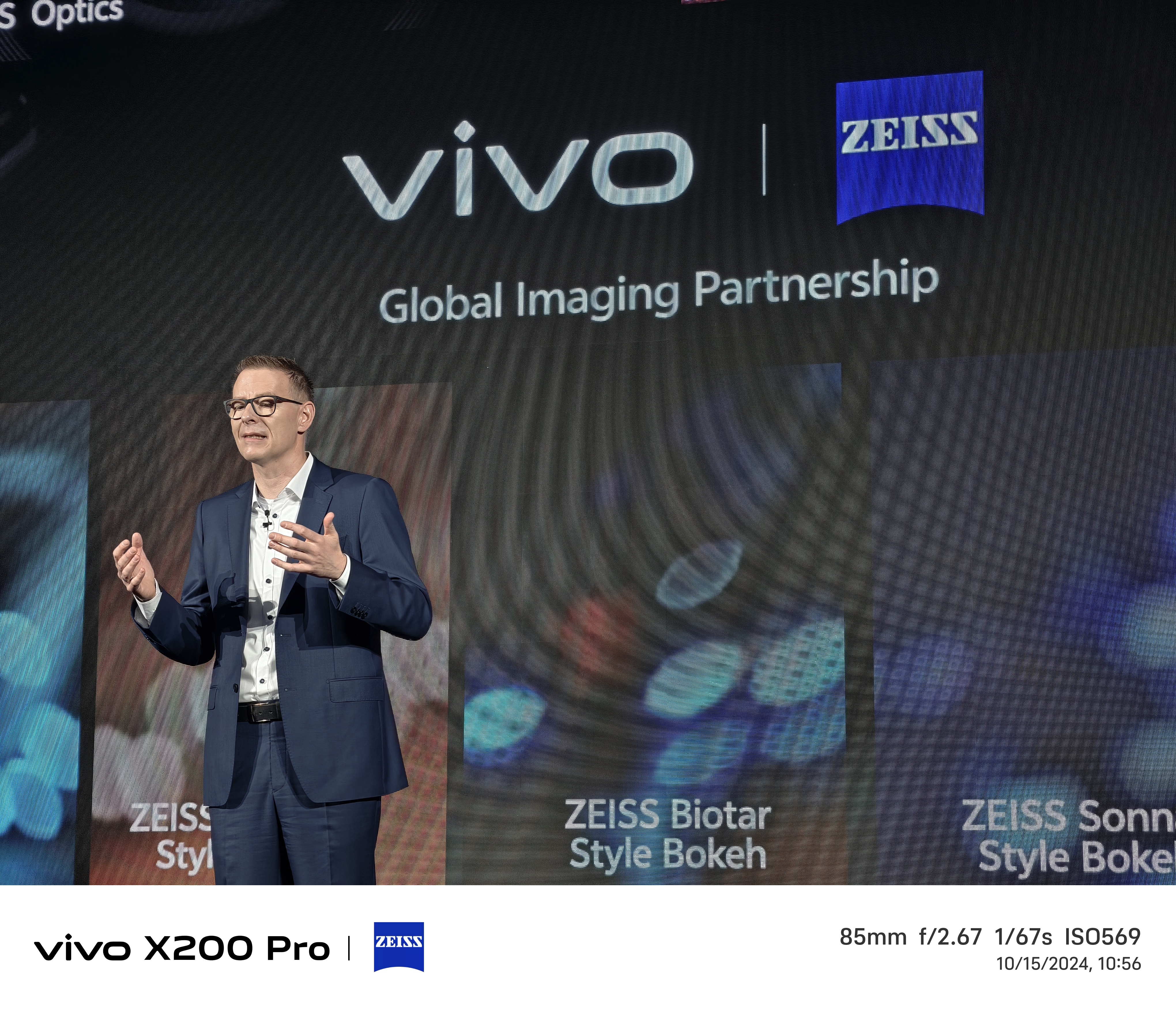
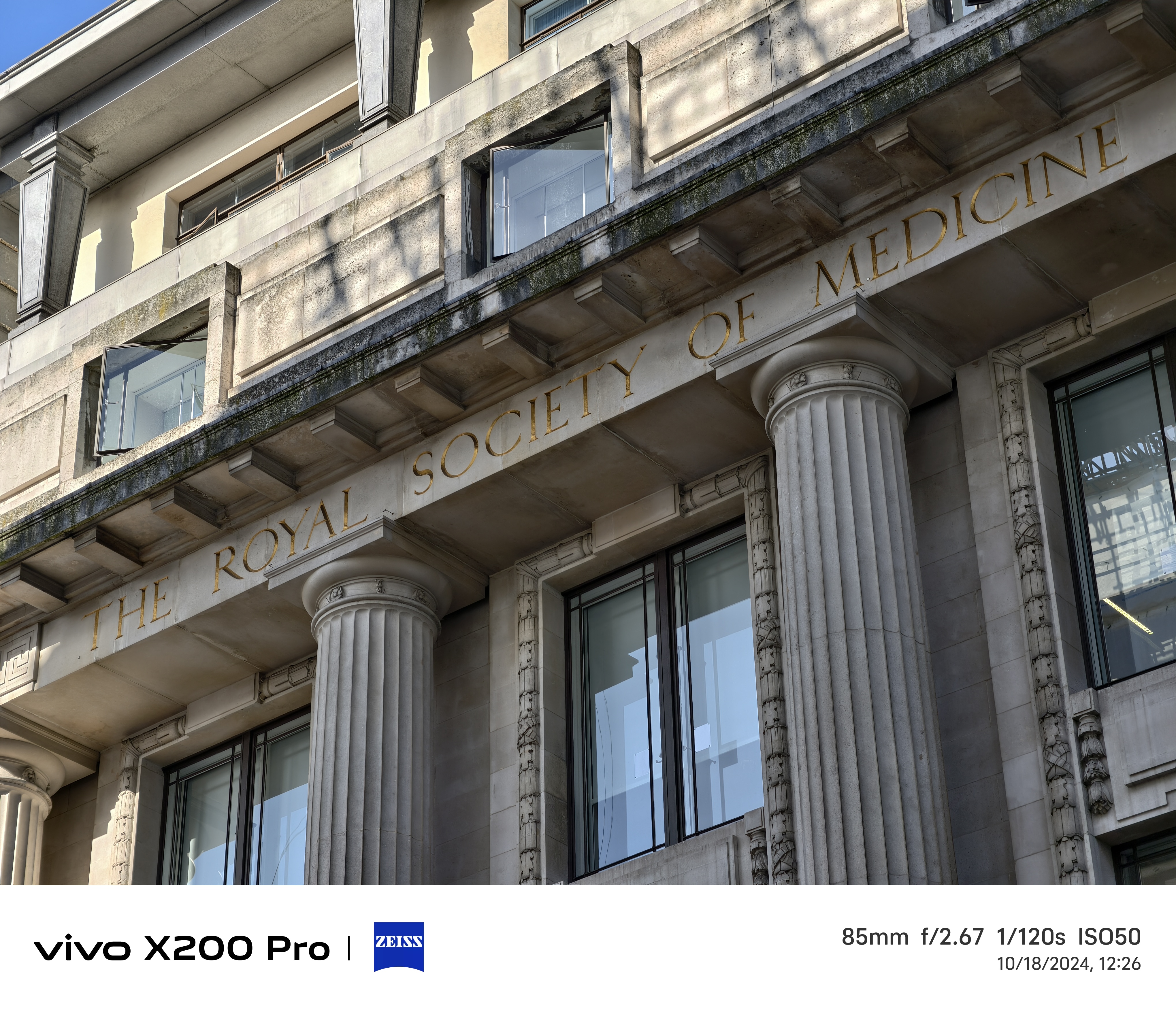
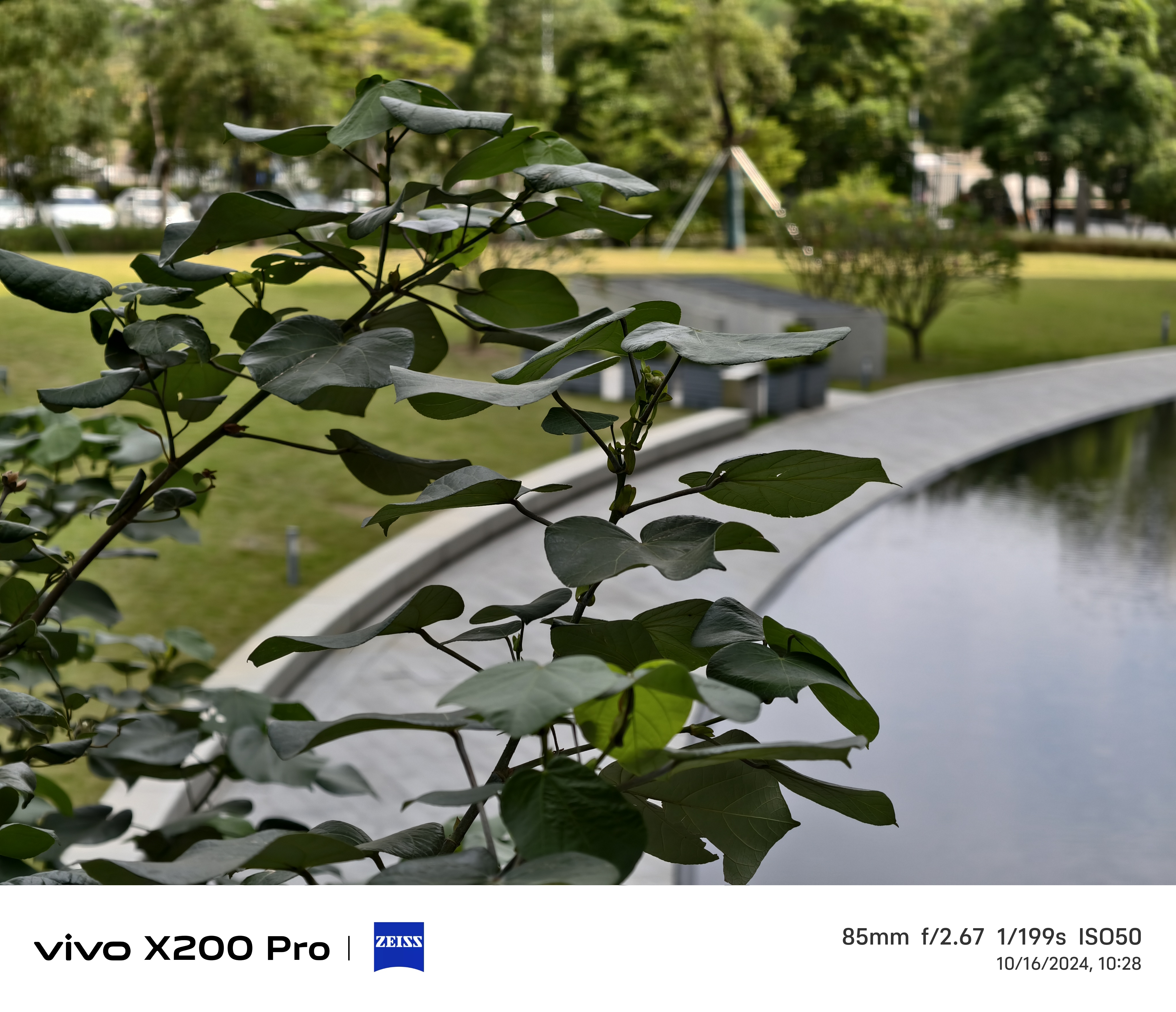
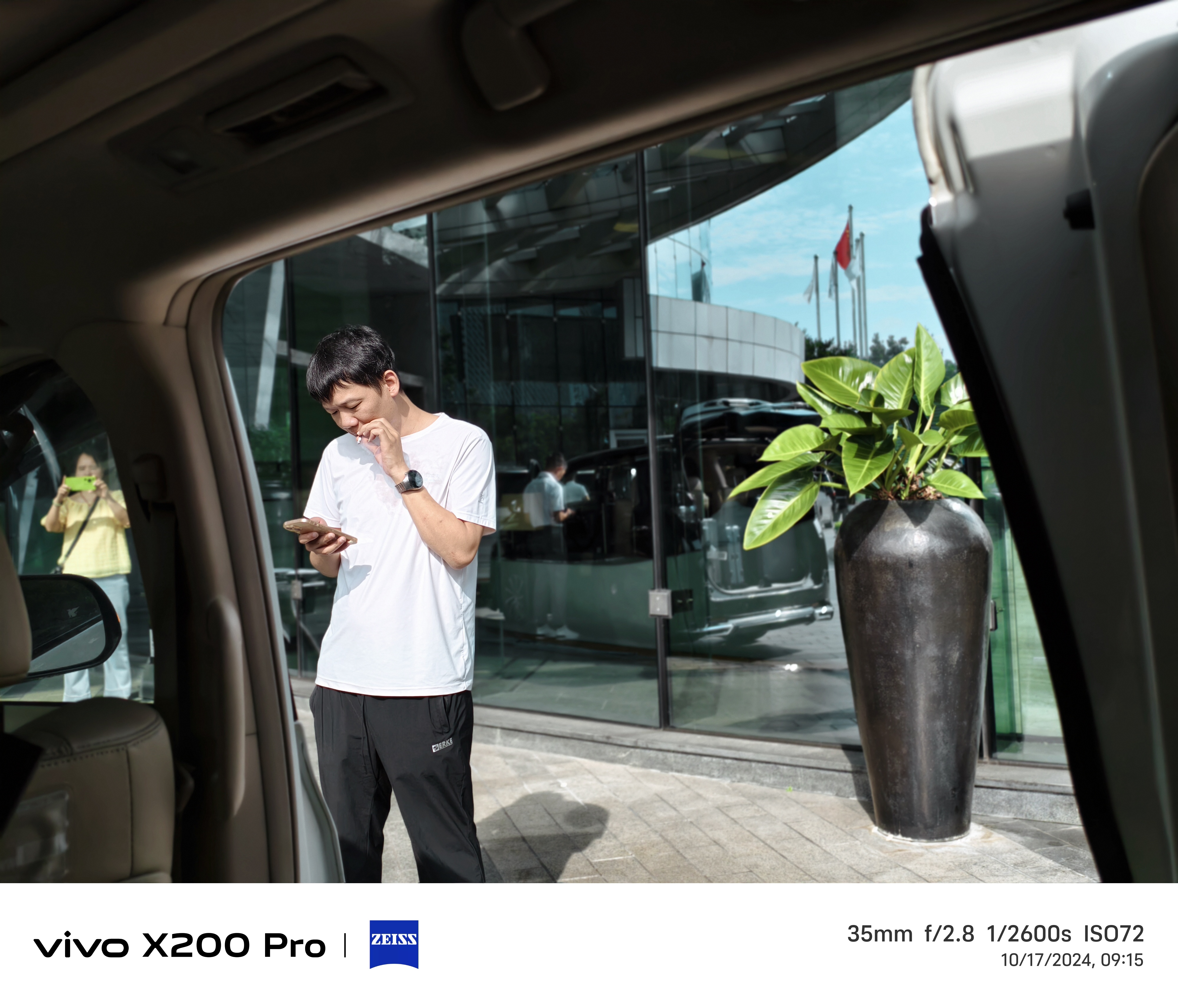
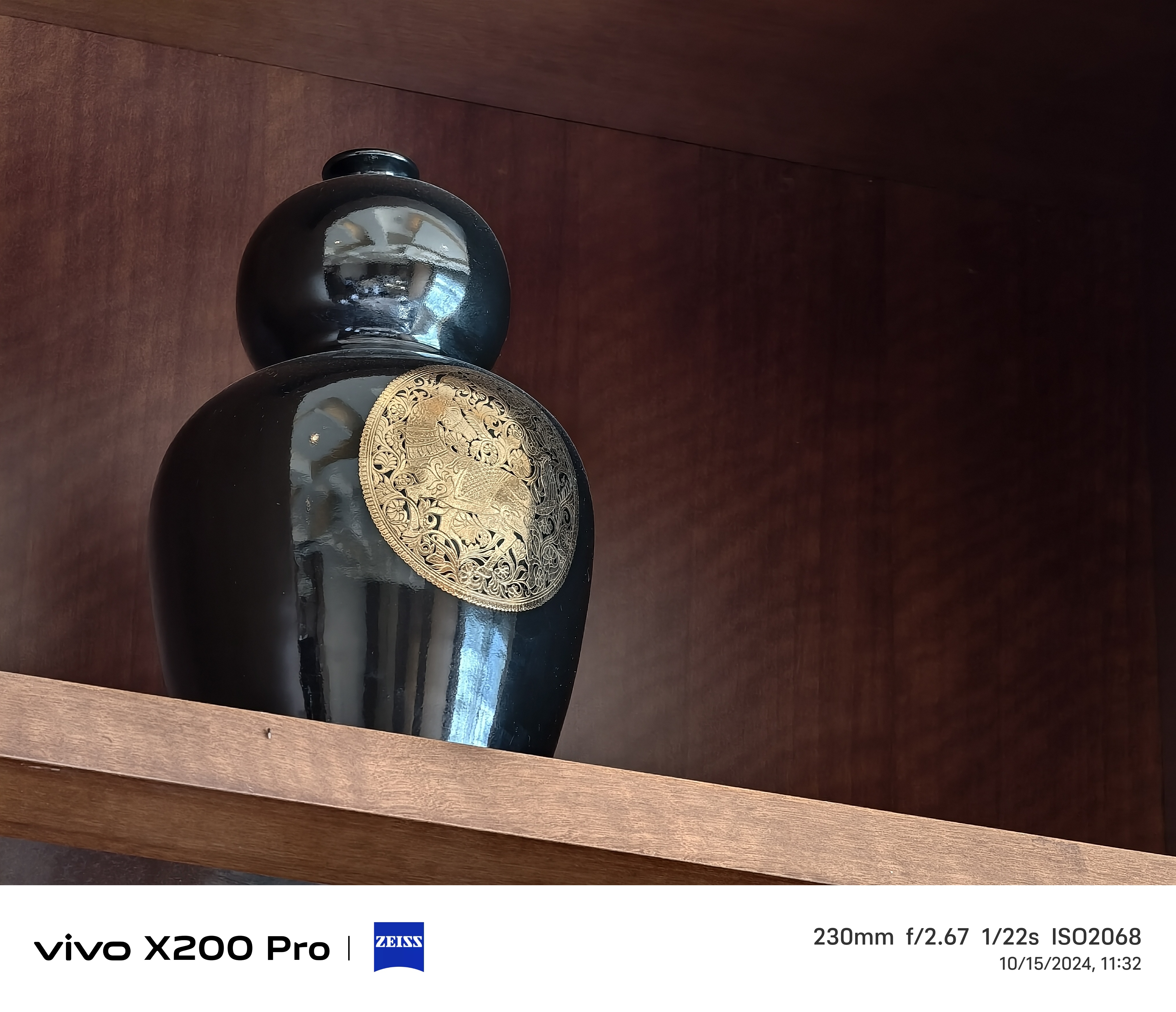
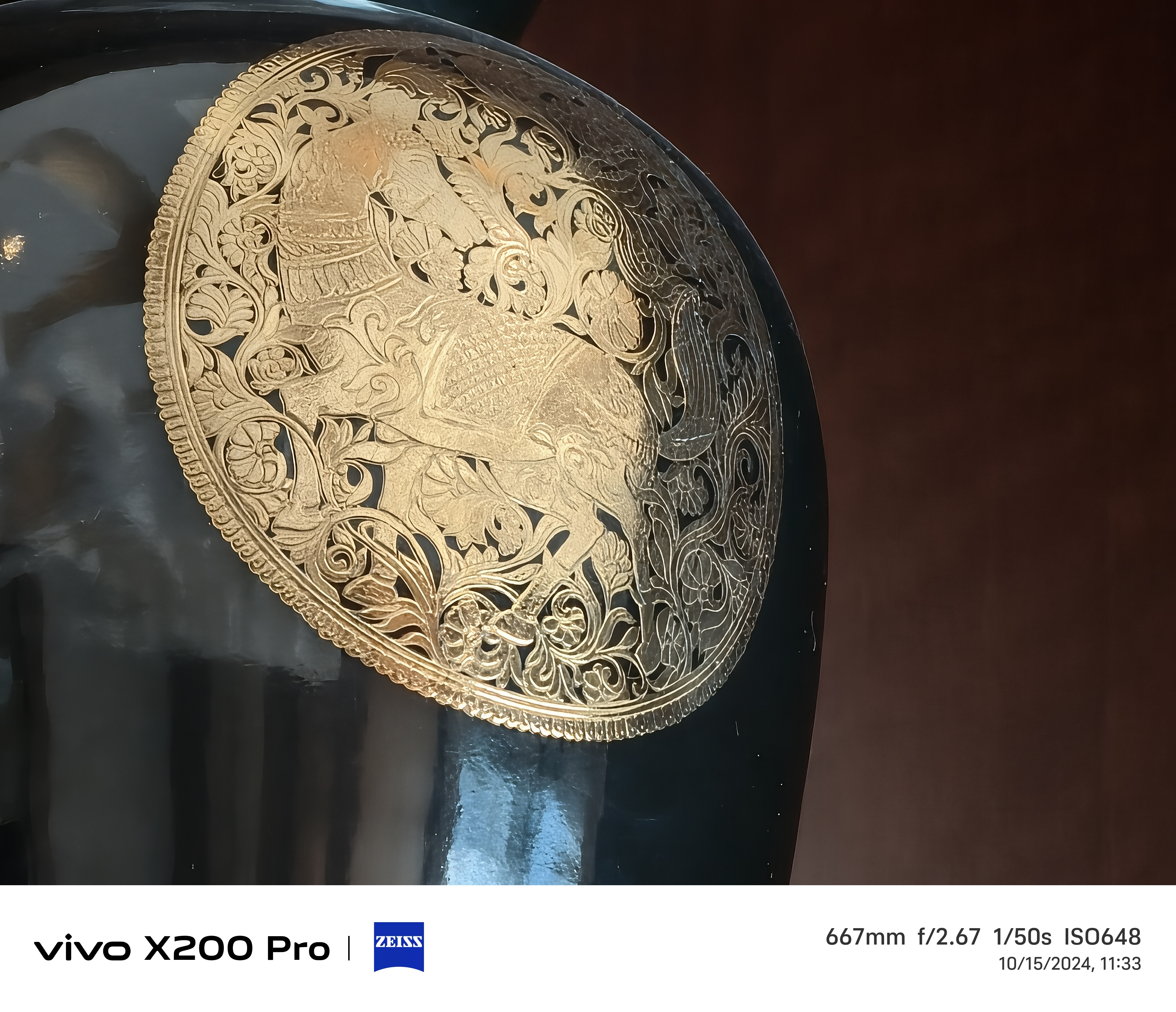
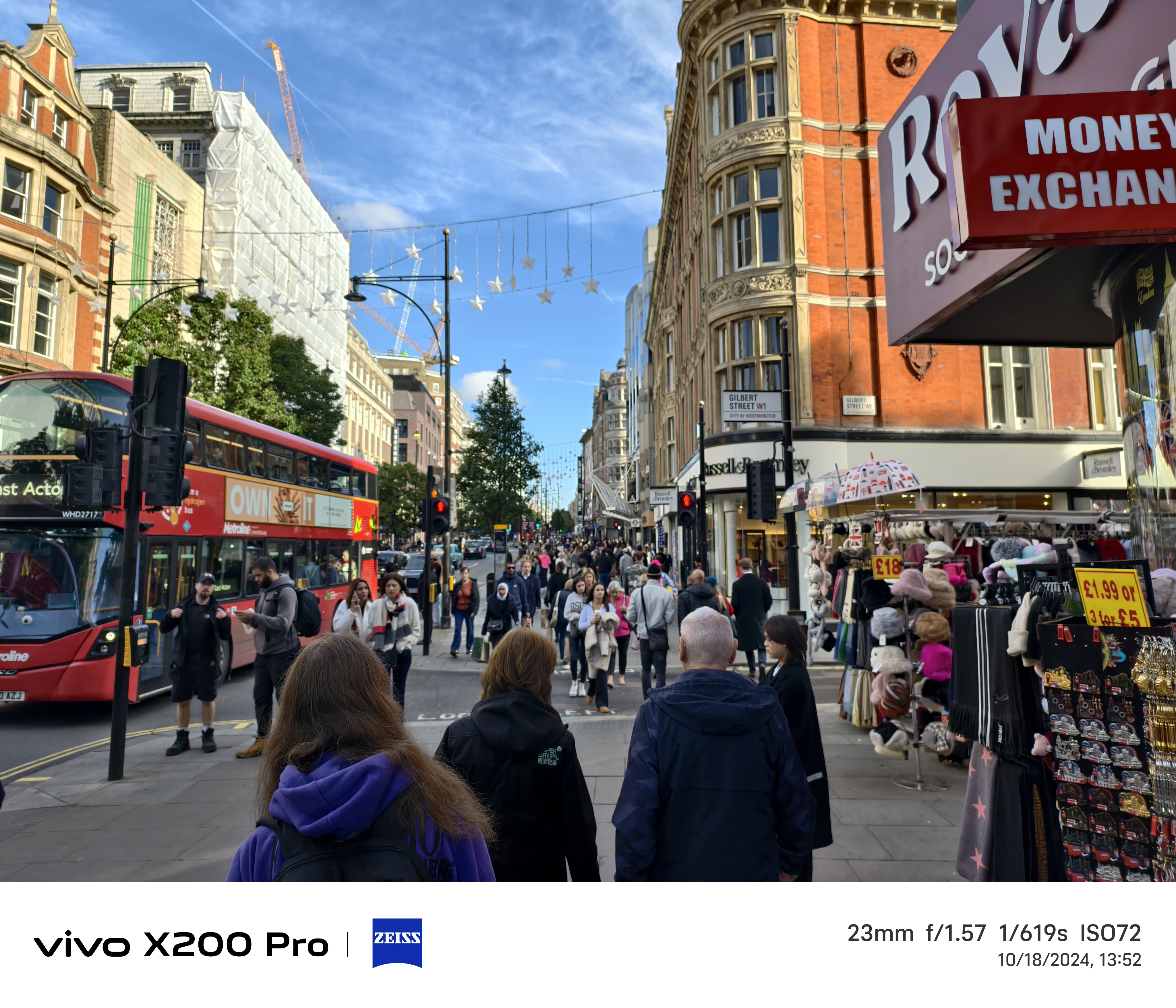
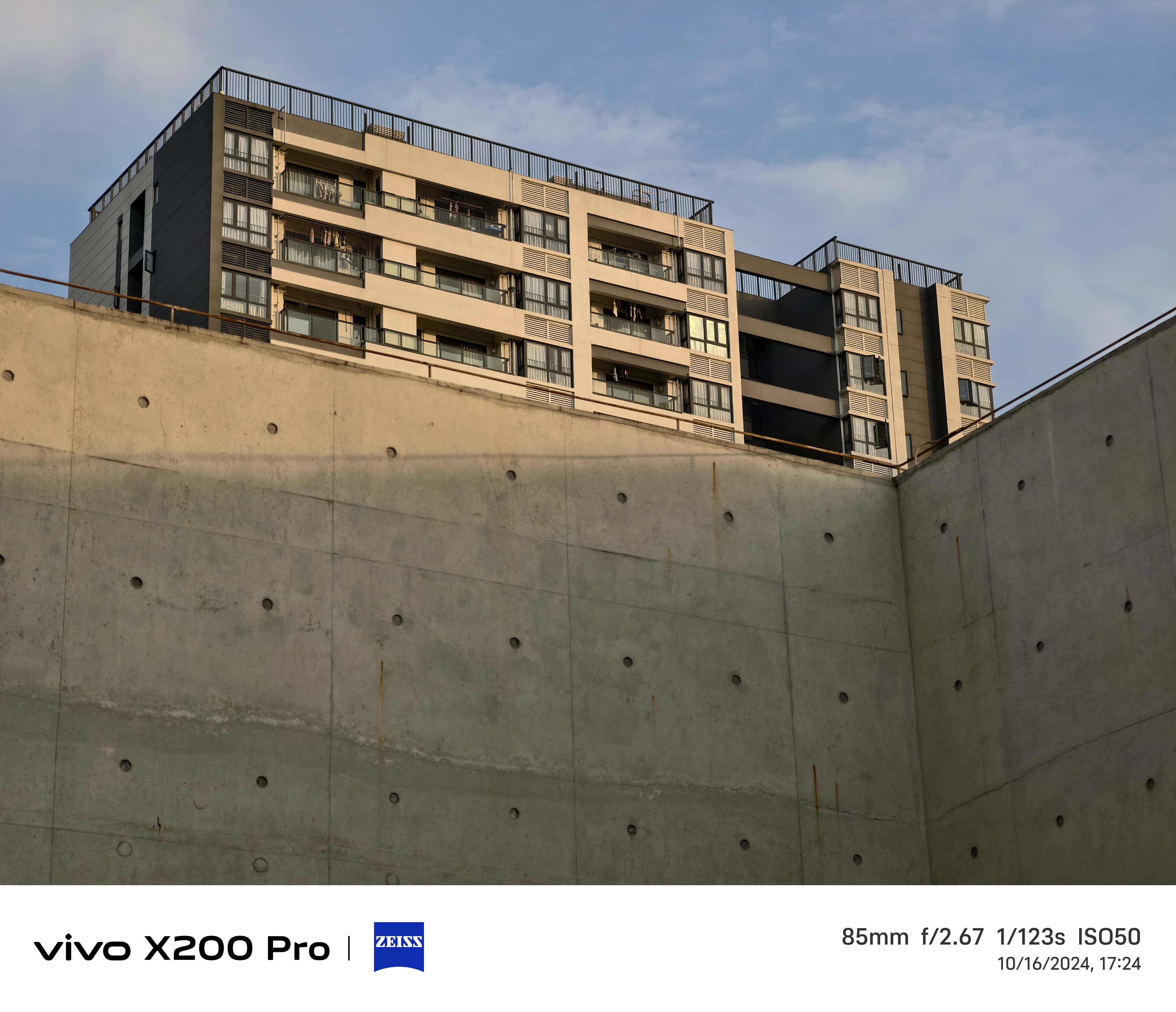
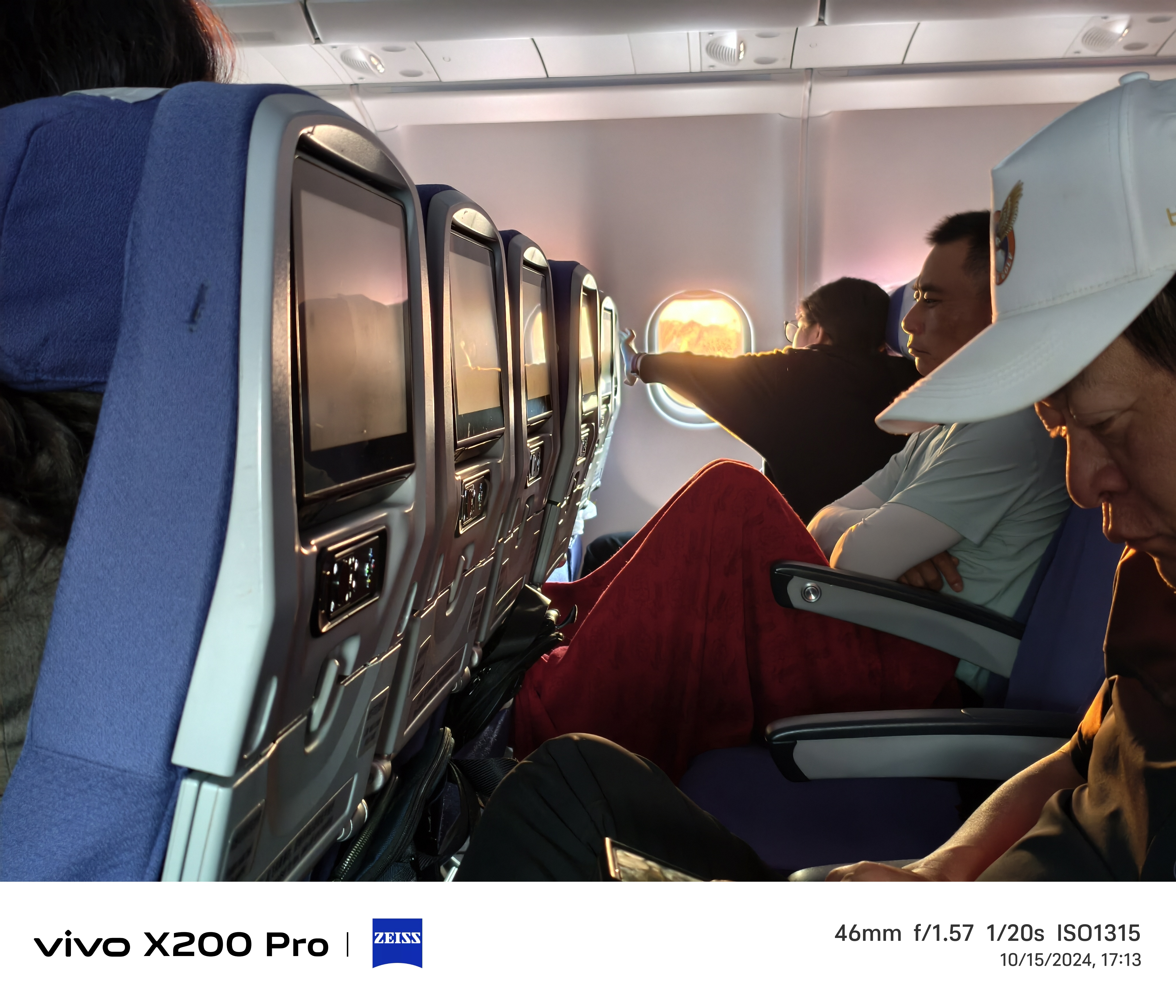
Vivo's portrait mode also works well at the periscope camera's 85mm focal length, even excelling for moving subjects when the light is right. We took the shot of the model throwing leaves below, and as you can see, the background defocus around the leaves is relatively realistic until you pinch right into the detail. After taking your shot, you can also dial blur up or down to strike a more natural-looking shallow depth of field.
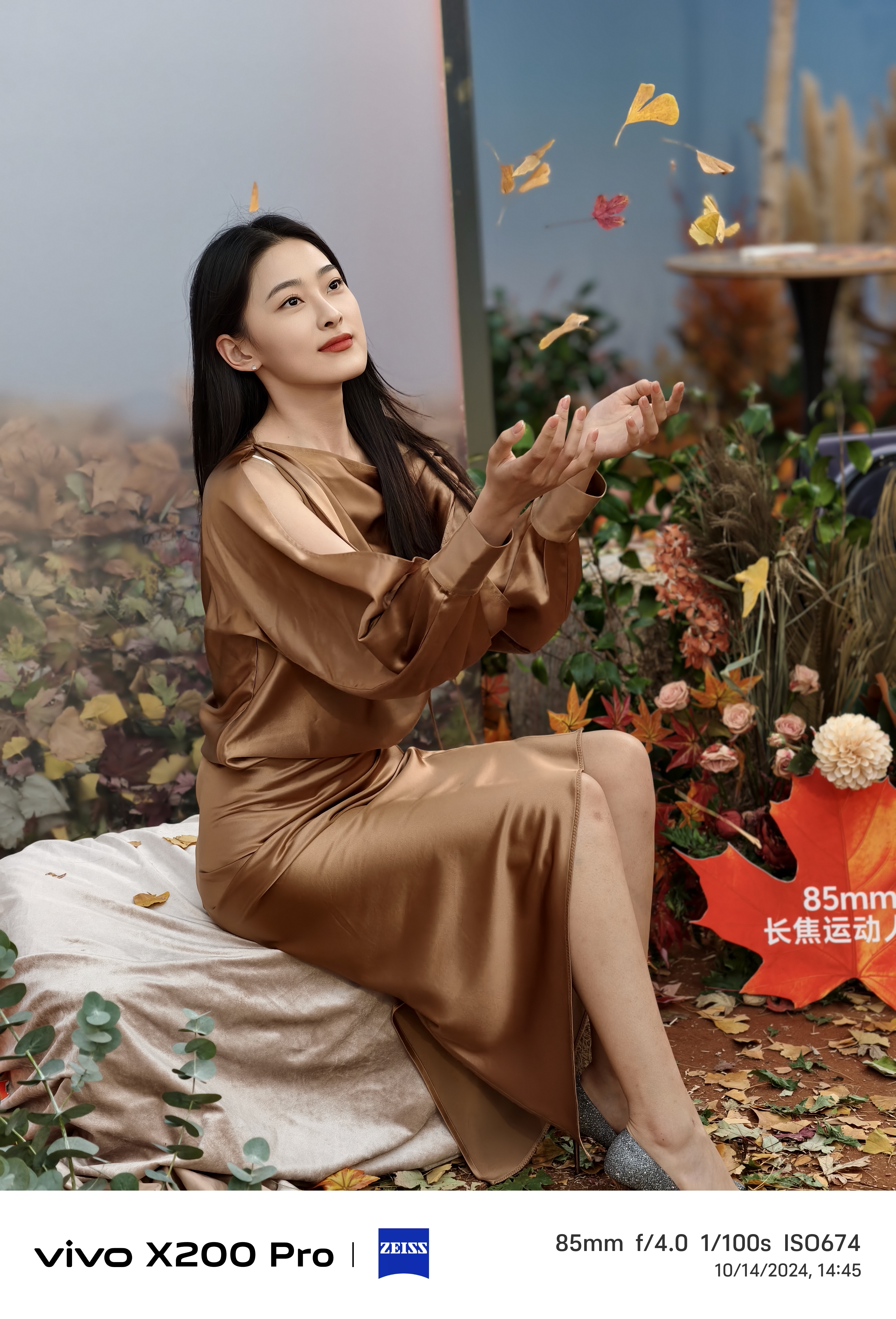
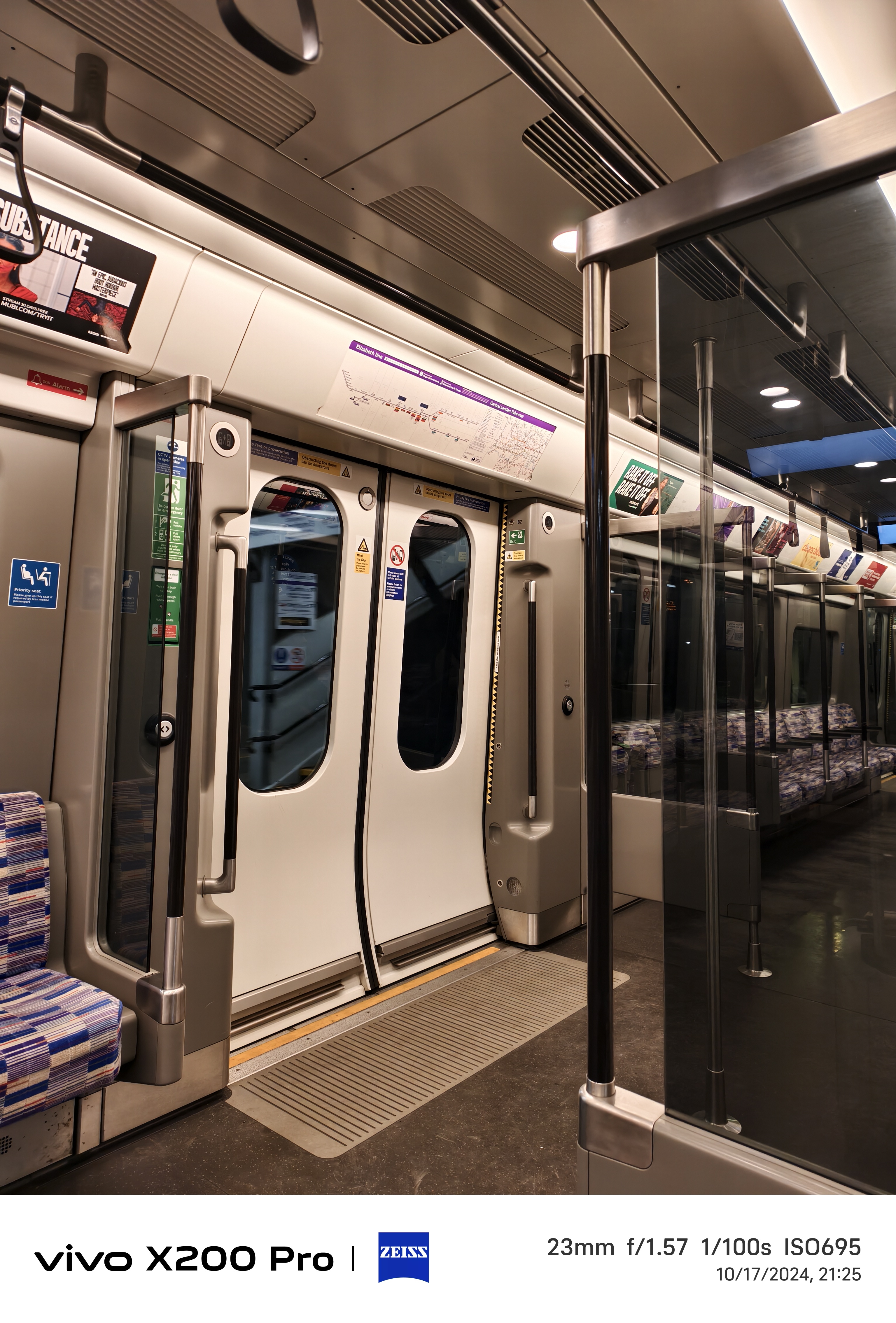
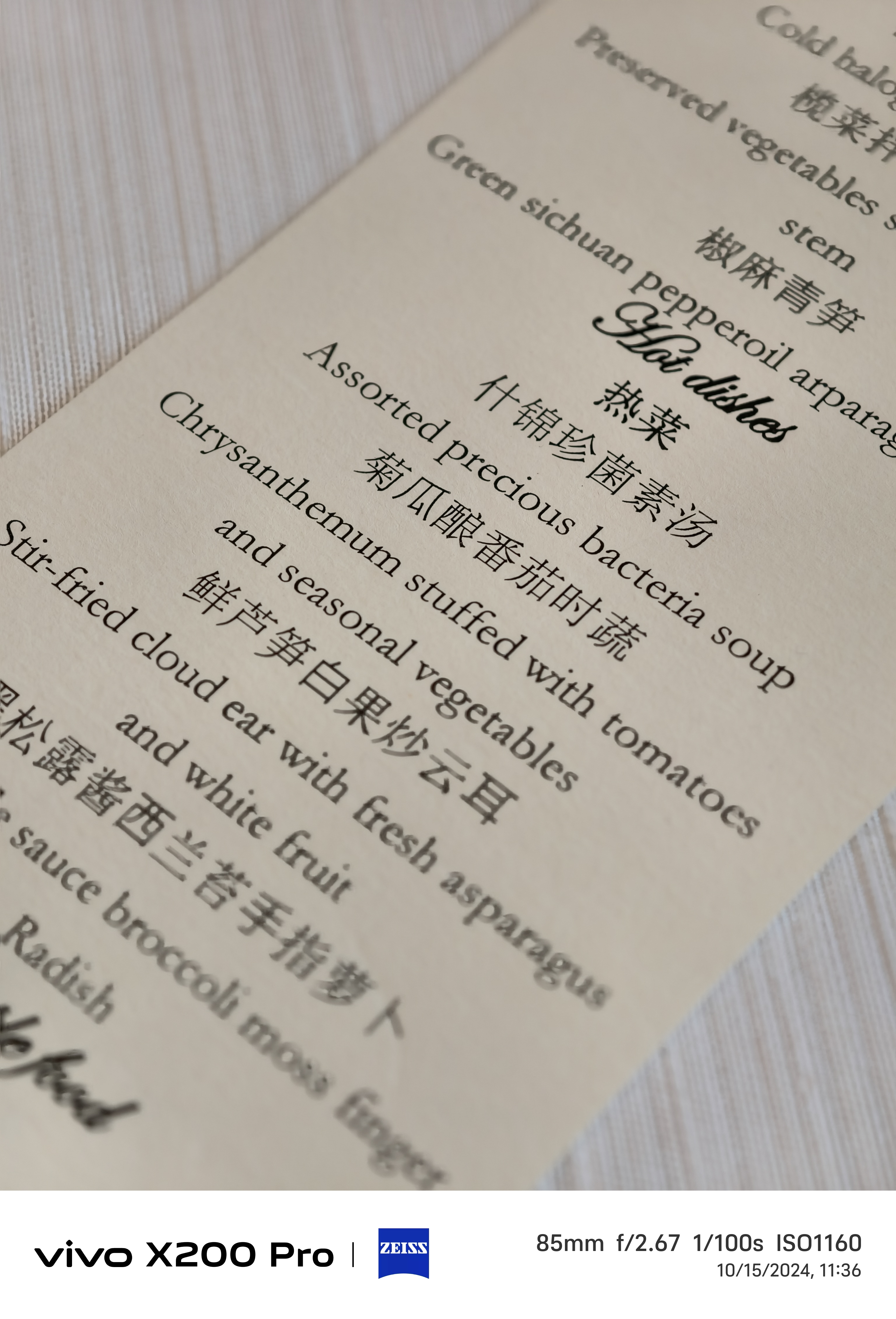
When zooming beyond the 10x mark, the X200 Pro applies an exponentially greater amount of computational photography to clean things up the further you punch in. This can look great for certain objects and landscapes, but struggles with text and faces, making words look like Elvish and faces look like oil paintings. As we are testing the Chinese version of the Vivo X200 Pro, it also applies AI face smoothing even with beauty mode off, a feature disabled for Western Vivo releases.
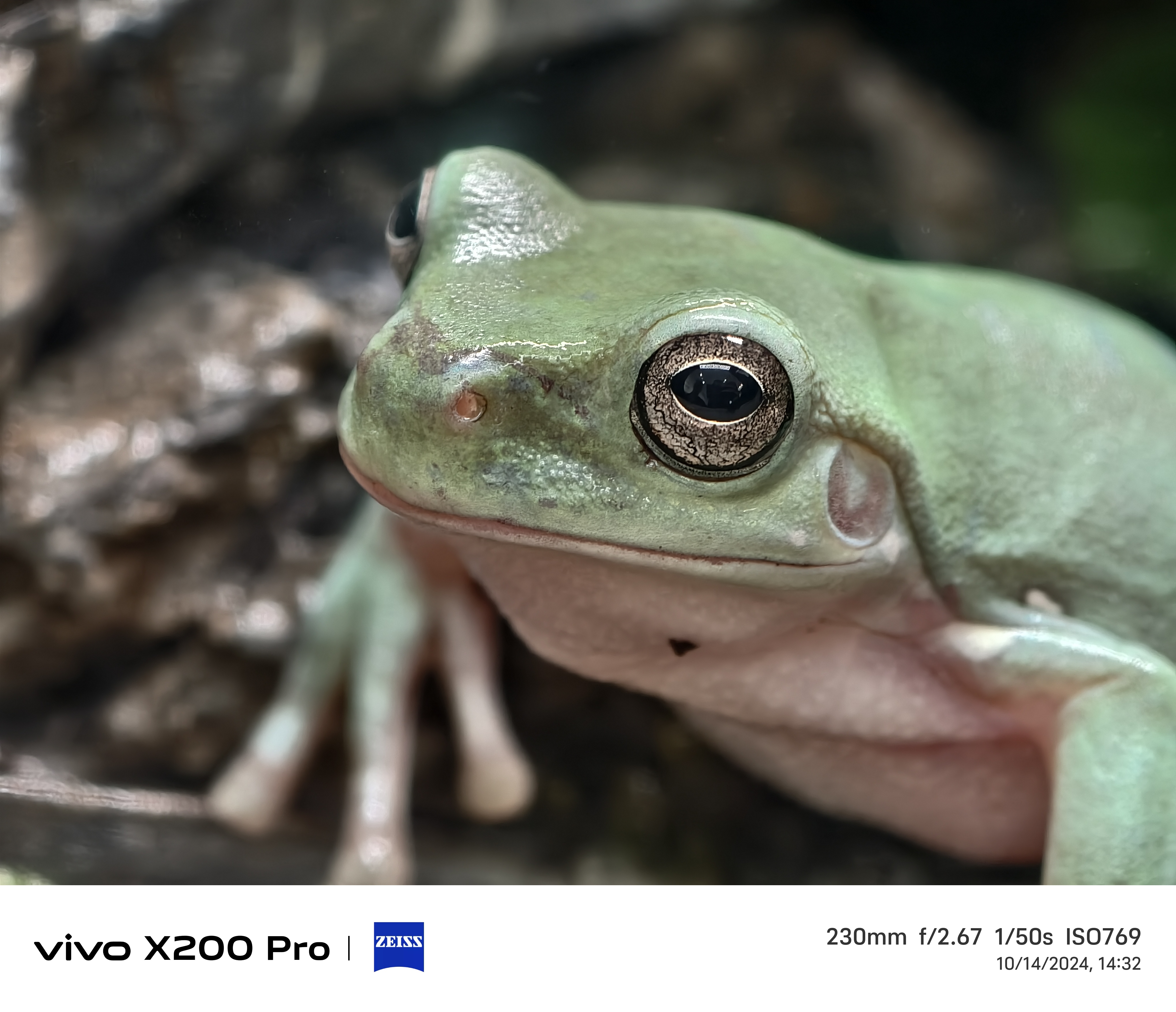
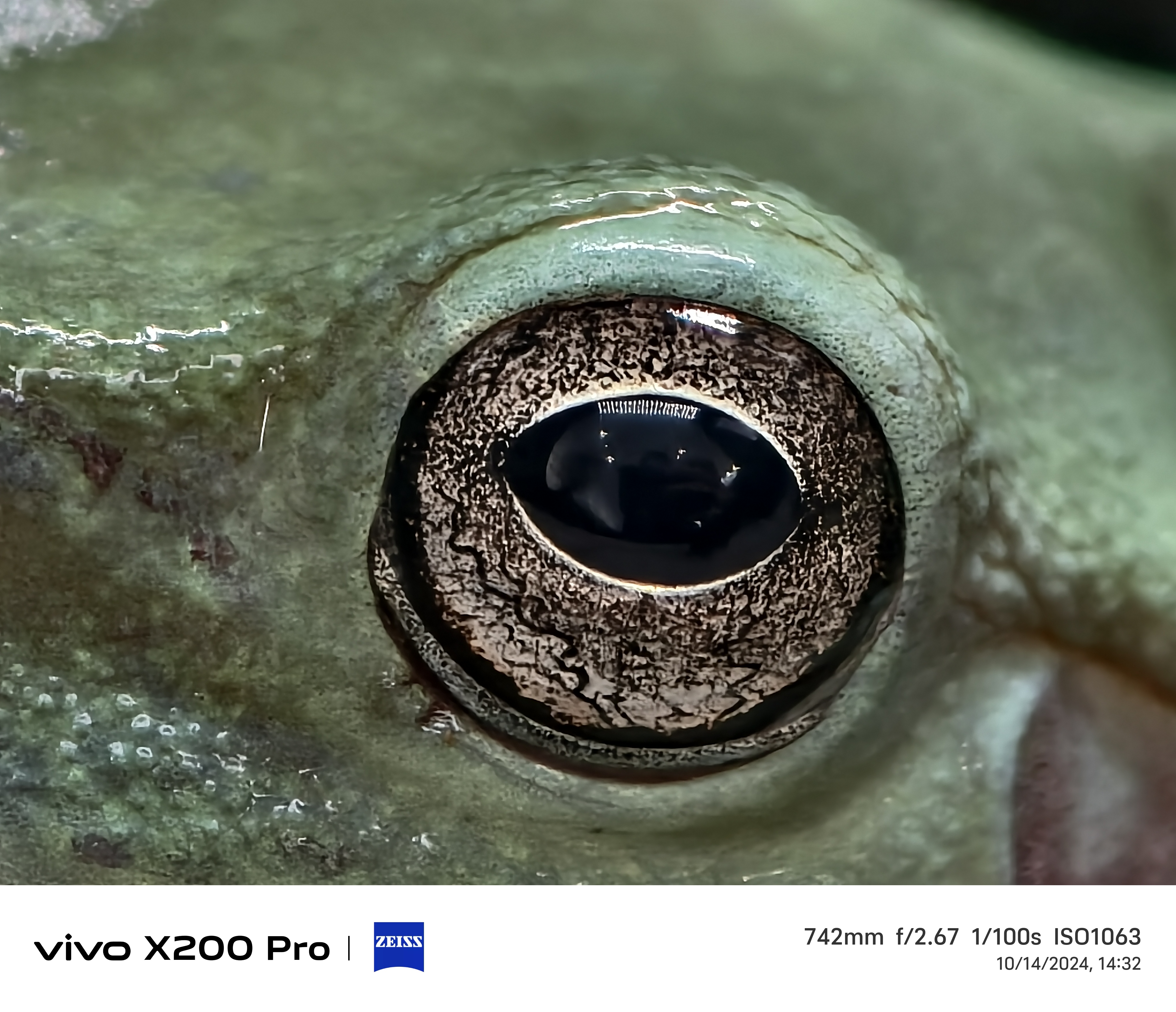
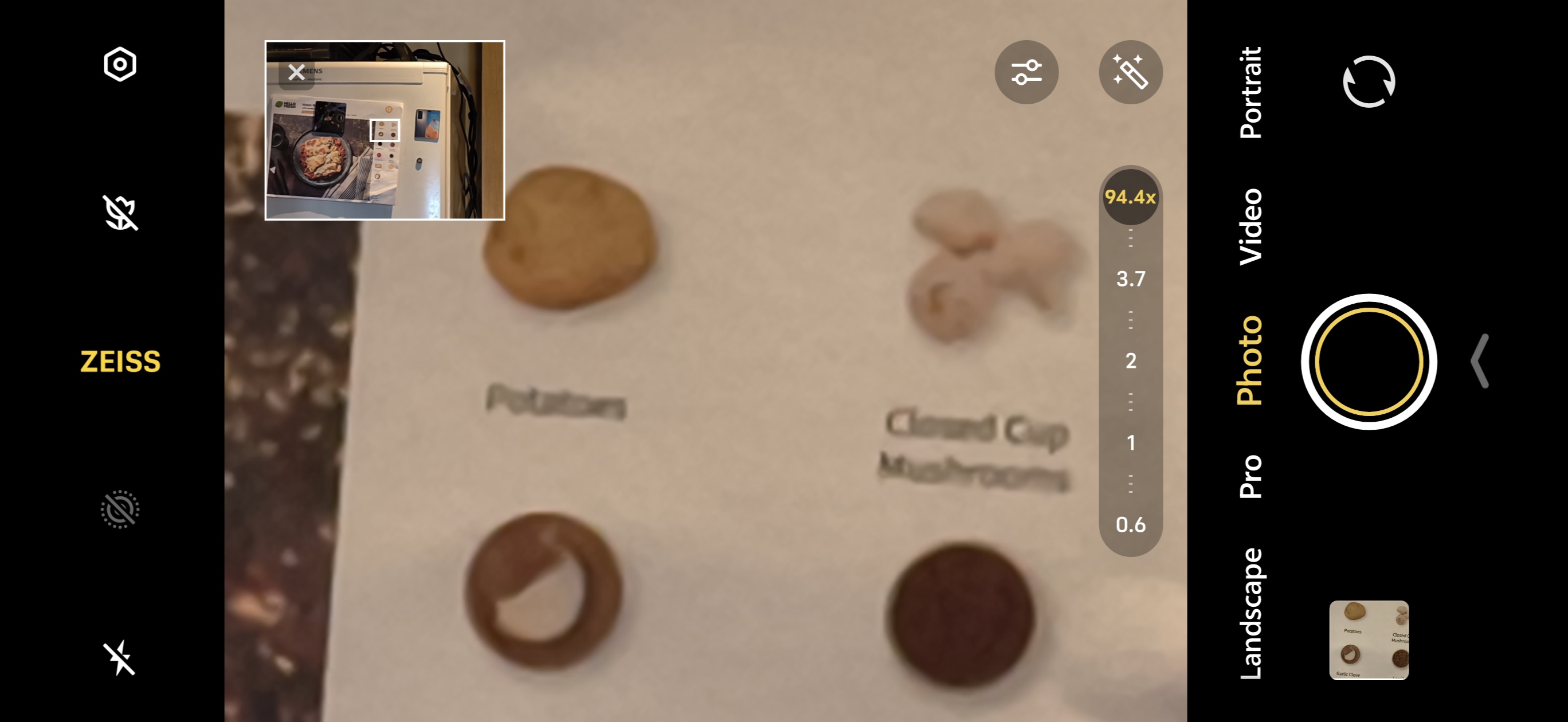
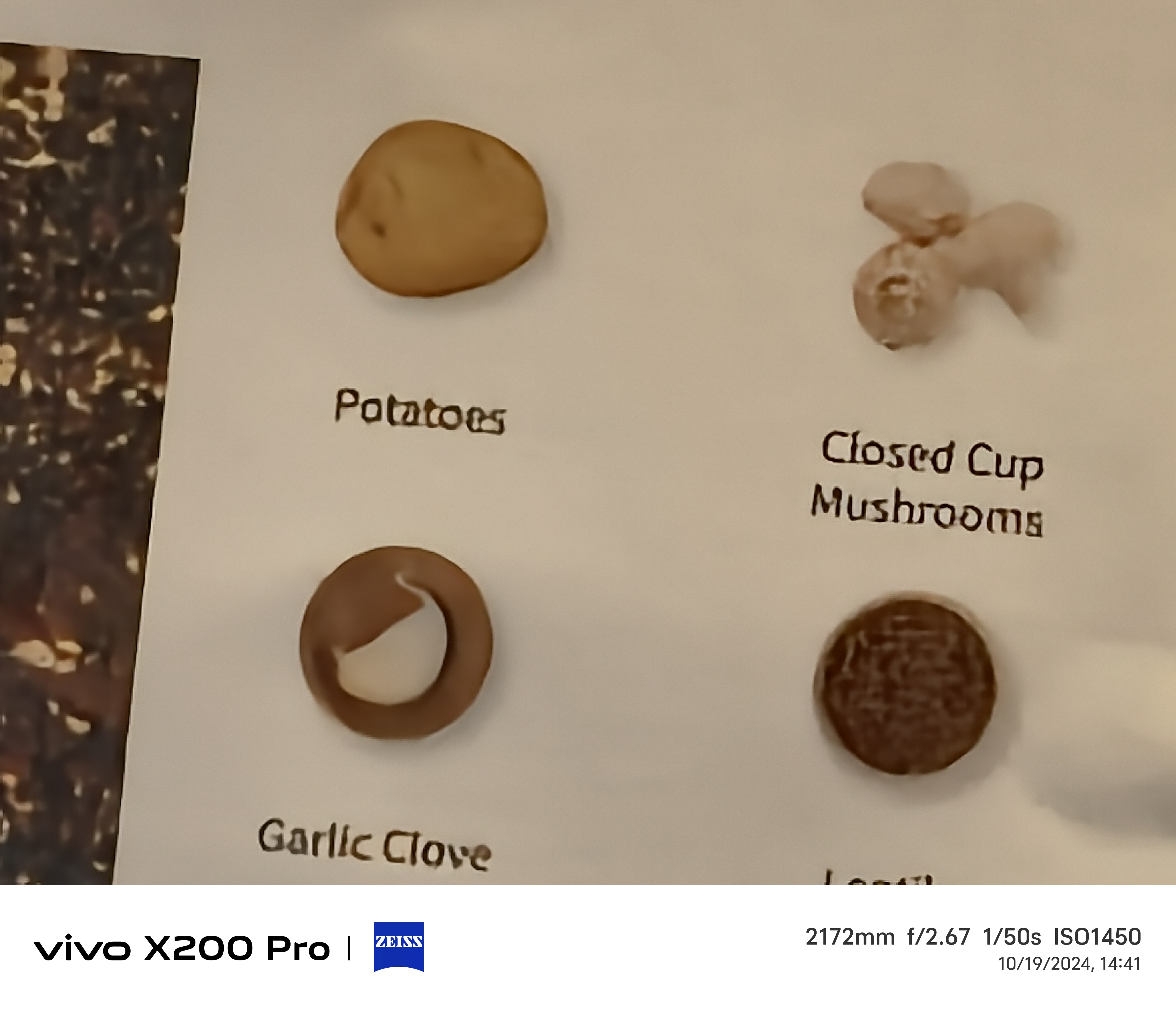
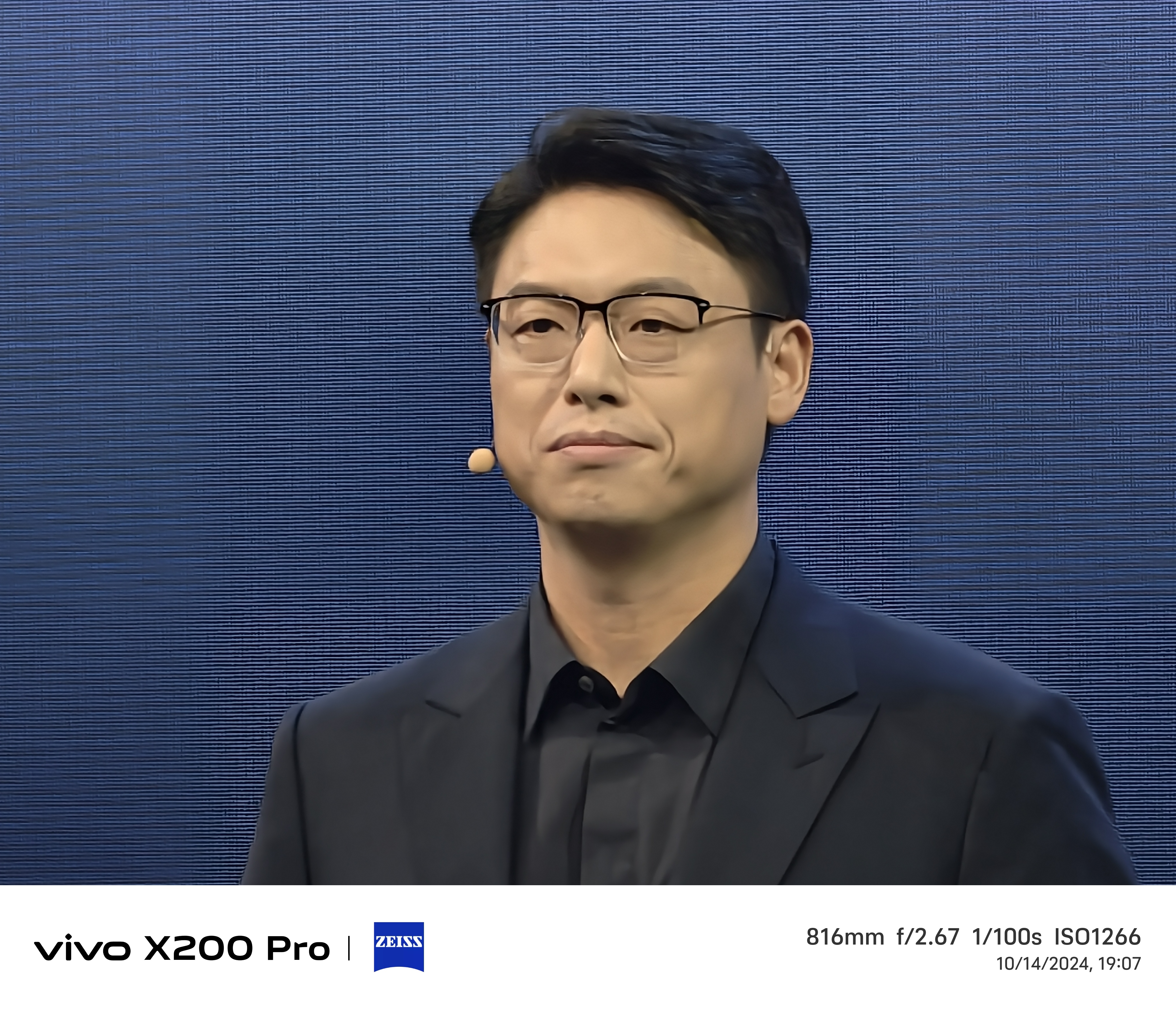
Alongside the iPhone 16 Pro Max, the Vivo X200 Pro's zoom is significantly less noisy at 10x and beyond, and it also beats out Apple's Pro line when it comes to telephoto video.
In addition to 4K 120fps and 4K 60fps Dolby Vision (HDR10) capture across all rear cameras, the X200 Pro can also record LOG video, and matched with that 85mm focal length, the results look rich, bordering on DSLR-grade in bright environments. The X100 Pro's primary sensor can also capture 14 stops of dynamic range, with the LOG mode supporting downloadable LUTs, though we weren't able to access them on our pre-release unit.
We did get more stable frame rates in darker environments using the iPhone 16 Pro's primary camera over that of the Vivo X200 Pro, and with Apple's ProRes capture and SSD support, it still looks set to be the pro-grade videographer's choice, but Vivo is definitely closing the gap.
Vivo X200 Pro specs and features
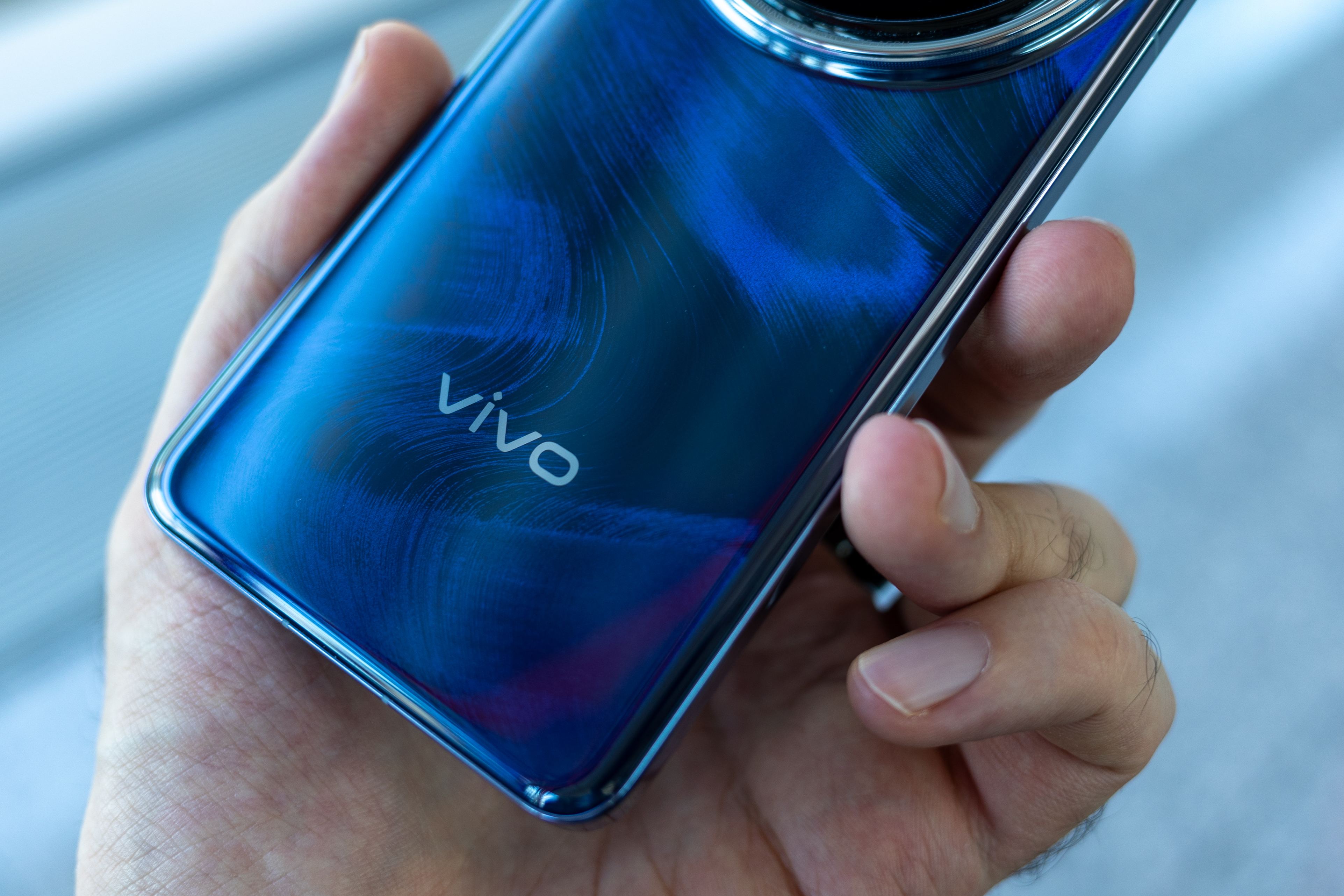
The Vivo X200 series runs Android 15 and Origin OS 5, the interface Vivo uses in mainland China, with Funtouch OS used for other markets. It's a super-smooth UI and does support the Google Play Store, so is a viable import option for folks in the West, though features like Android Auto and Android Wear aren't currently supported.
The X200 Pro's display is a 6.78-inch quad-curved panel with slimline 1.63mm bezels on all sides. It's also the first Zeiss-certified screen on the scene, with native BT2020, BT709, DCI-P3 and sRGB color space support. Diving into the settings, we weren't able to switch between these manually, so assume that the phone automatically switches based on on-screen content; we're awaiting further clarification from Vivo on this.
With over 450 pixels per inch and 4500 nits of peak HDR brightness, the screen is crisp and bright, easy to view outdoors, and the quad-curved glass also feels great, whether swiping in from the edge of gaming.
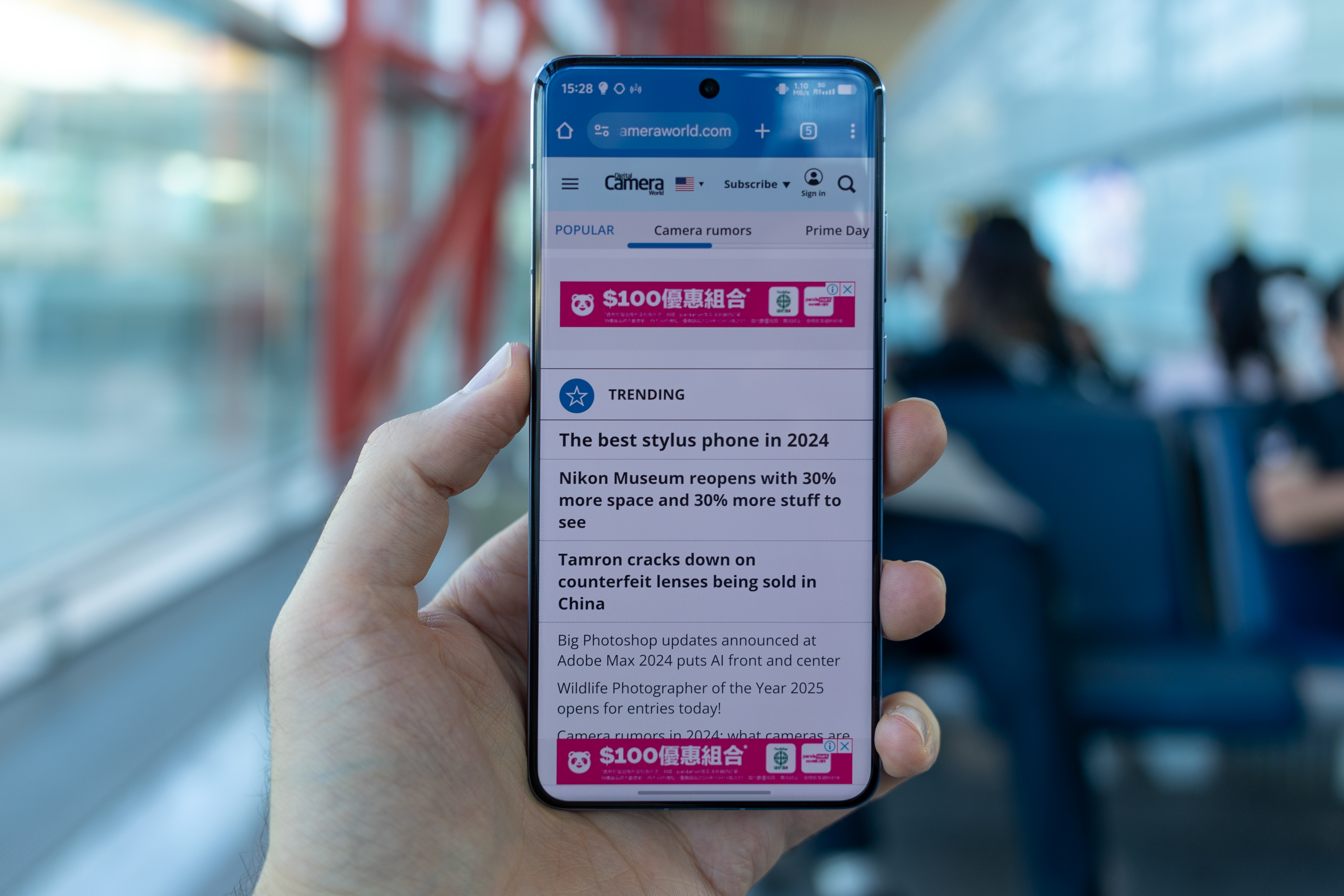
The X200 Pro is also the first smartphone to feature a new MediaTek Dimensity 9400 chipset, and the first to break the 3,000,000-mark in Antutu, a popular graphics benchmark. We gamed for a couple of hours on it across Genshin Impact and Wuthering Waves, two notoriously demanding titles, and were floored by how well it kept its cool at maximum graphics settings.
We're also undeniably impressed by the X200 Pro's design and battery spec. The two are connected given the fact it packs a giant 6000mAh battery, despite not being much thicker than the competition at 8.5mm. For context, the current flagship competition tends to cap out at 5000mAh, giving the X200 Pro a huge lead on battery capacity.
The X200 Pro also supports 90W wired and 30W wireless charging, so it powers up faster than Apple, Google, and Samsung flagships, and all this without compromising on design. Available in blue, white, titanium, and black, the blue version we've been using looks striking, while the other options repel fingerprints with their frosted finishes.
Don't get us wrong, this is a big, heavy phone at up to 228g – iPhone 16 Pro Max territory – but is significantly more elegant than we'd expect a 6000mAh battery-packing phone to be.
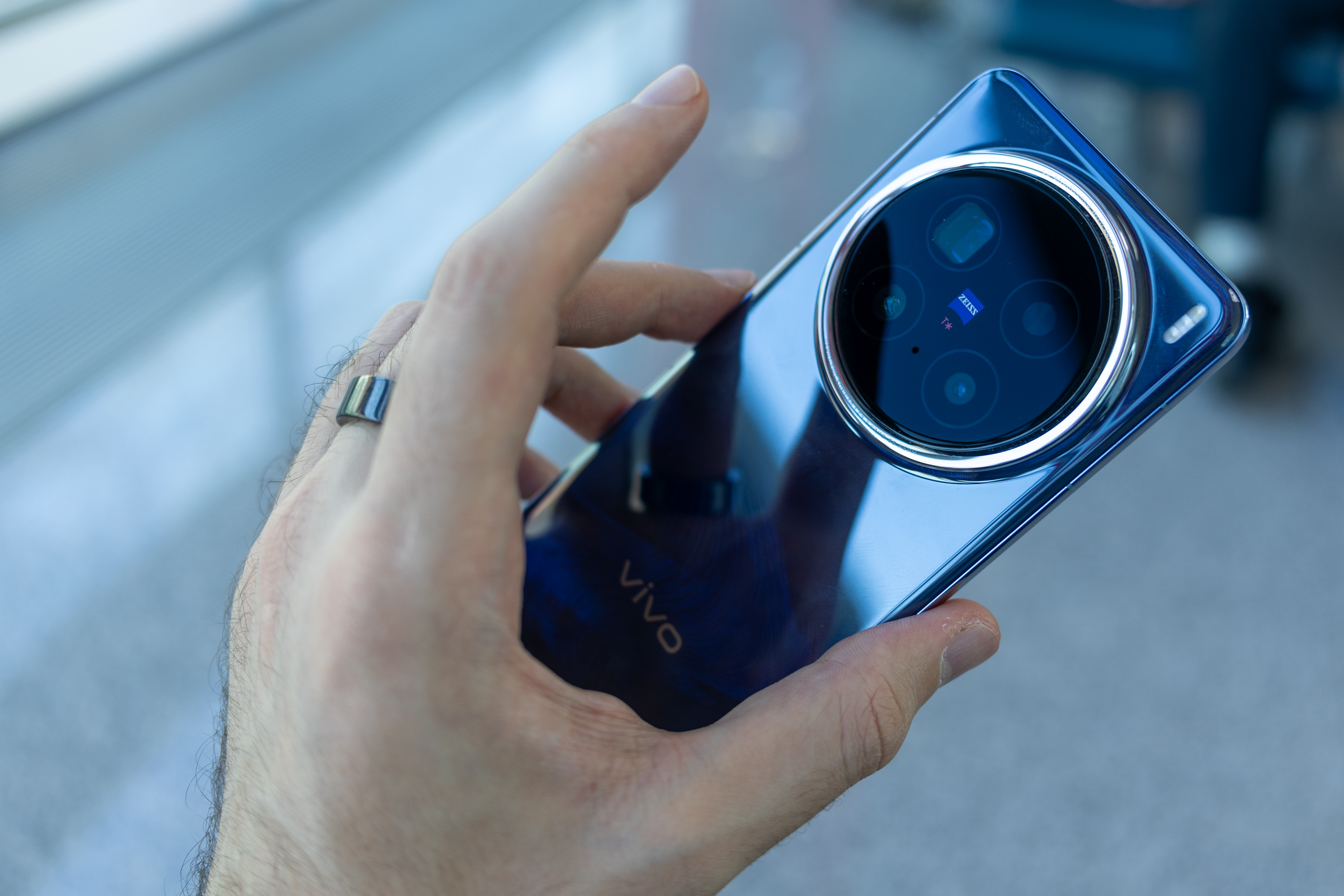
Vivo X200 Pro verdict
There's no two ways about it: the X200 Pro's zoom is incredible for a smartphone. Vivo combines class-leading hardware and powerful software to create a huge amount of telephoto versatility, and we can't wait for other phone makers to catch up.
Image processing is an imperfect science, given the subjective nature of the job, and the Vivo X200 Pro won't be for everyone. Because we tested the Chinese version of the phone, beautification was ramped up for portraits, and the AI zoom occasionally veered into uncanny valley, hyper-clean territory that was worse than the live preview we saw before the shot was taken.
We're not totally convinced the new sensor is better at everything than the 2nd-gen 1-inch sensor like the LYT 900, either. Lowlight video captured on our Xiaomi 14 Ultra was slightly less soft than footage from the Vivo X200 Pro, and even stills from Xiaomi's 1-inch camera pulled up slightly softer backgrounds.
Despite our nitpicking and niggles, though, photography and video capture on the Vivo X200 Pro was a joy, the telephoto camera is a hands-down winner across photos and videos, and we also appreciate the fact no camera drops the ball here.
Anyone thinking about picking up the Vivo X200 Pro, with any luck, a global version will drop in the coming months, and when it does, there's every chance it could clinch the top spot in our best smartphone cameras chart.







